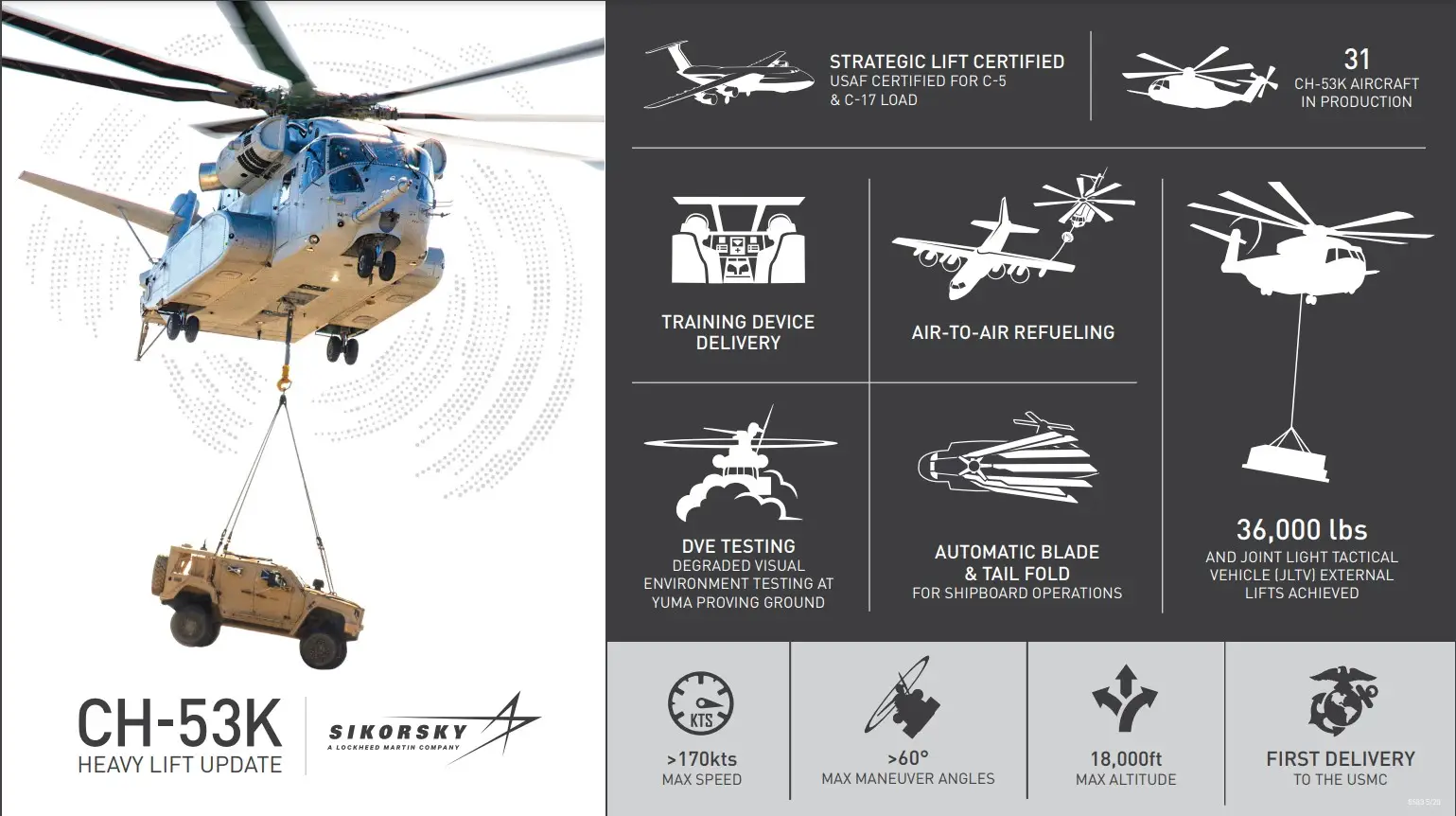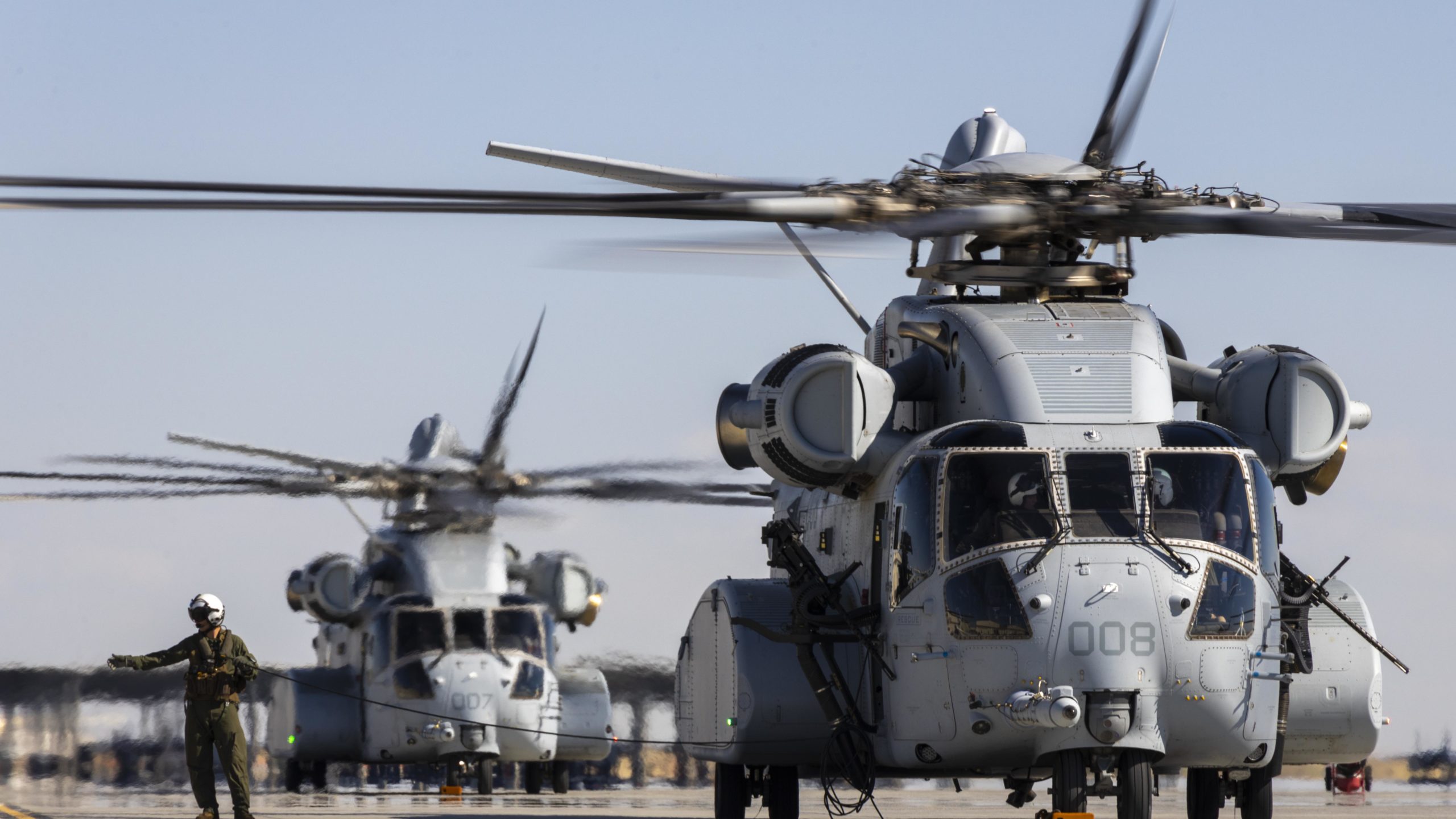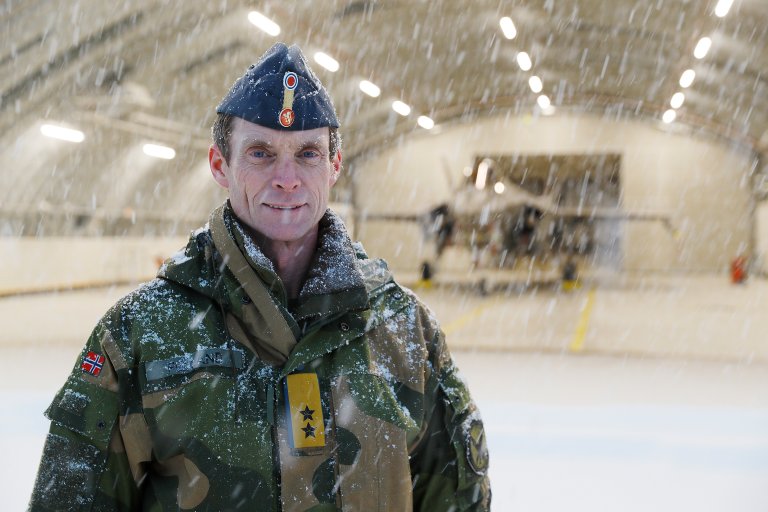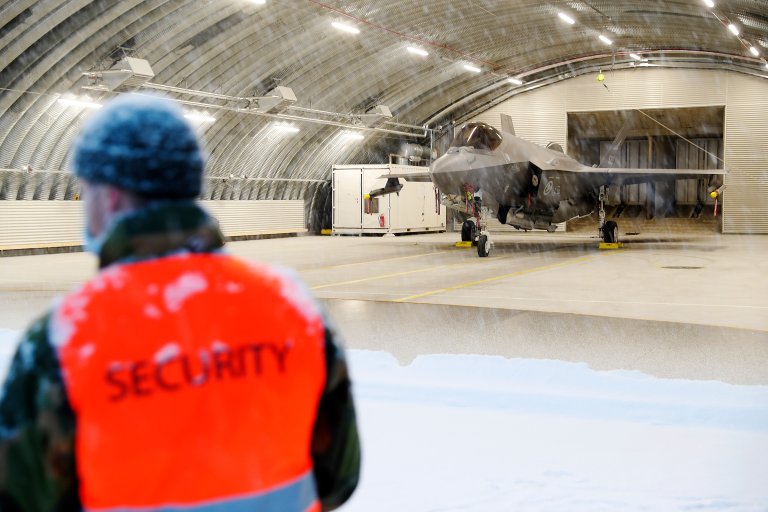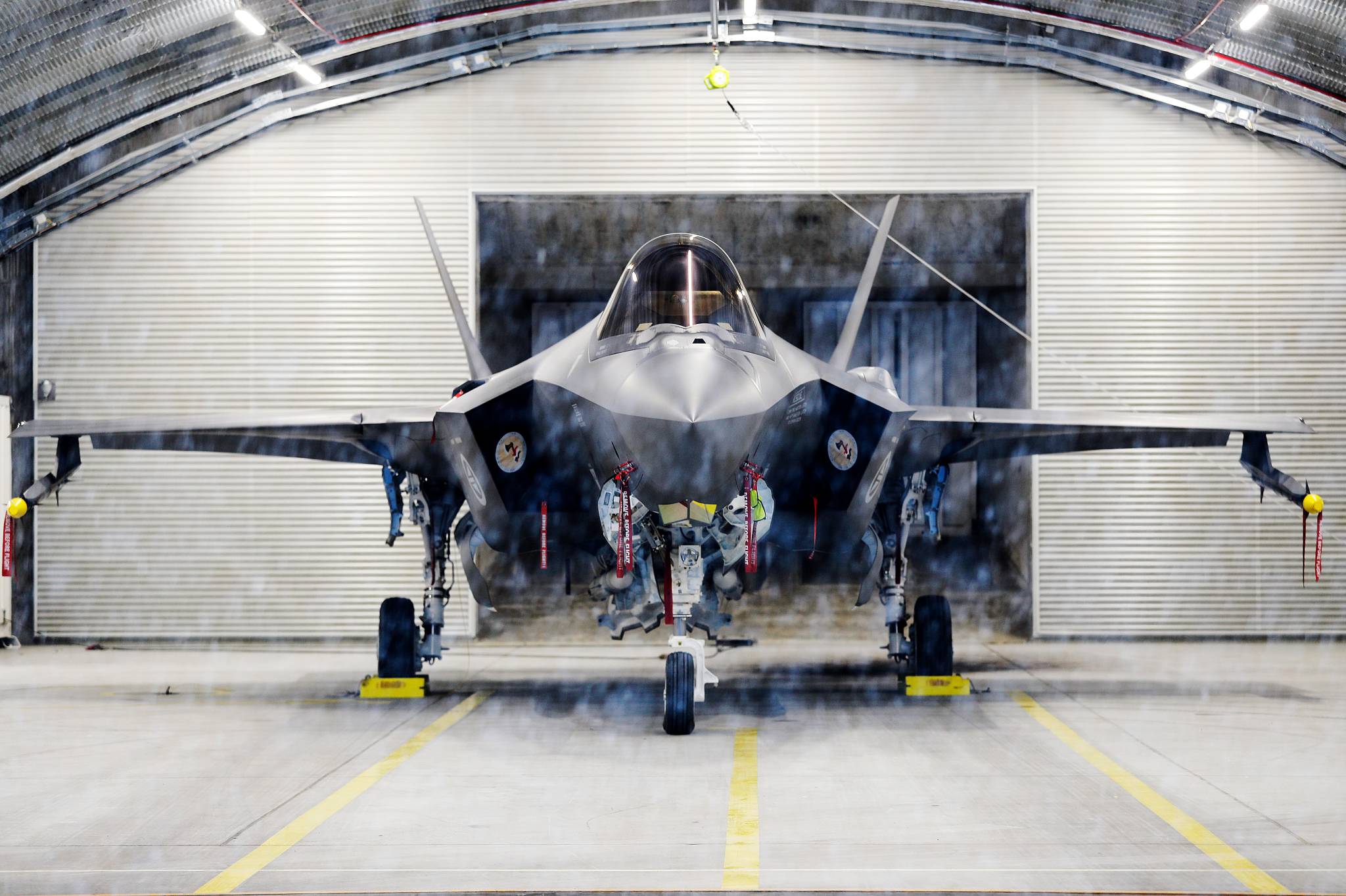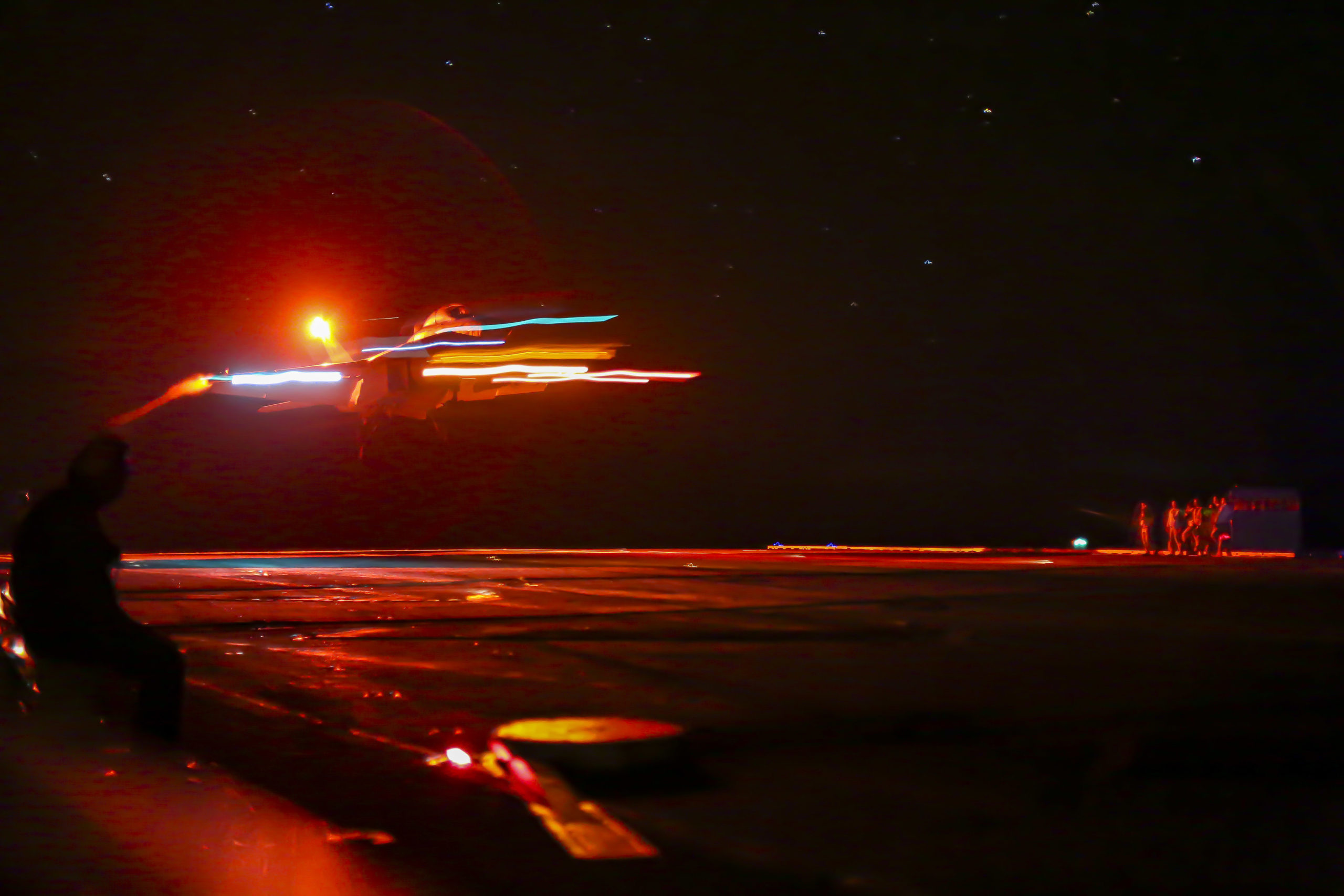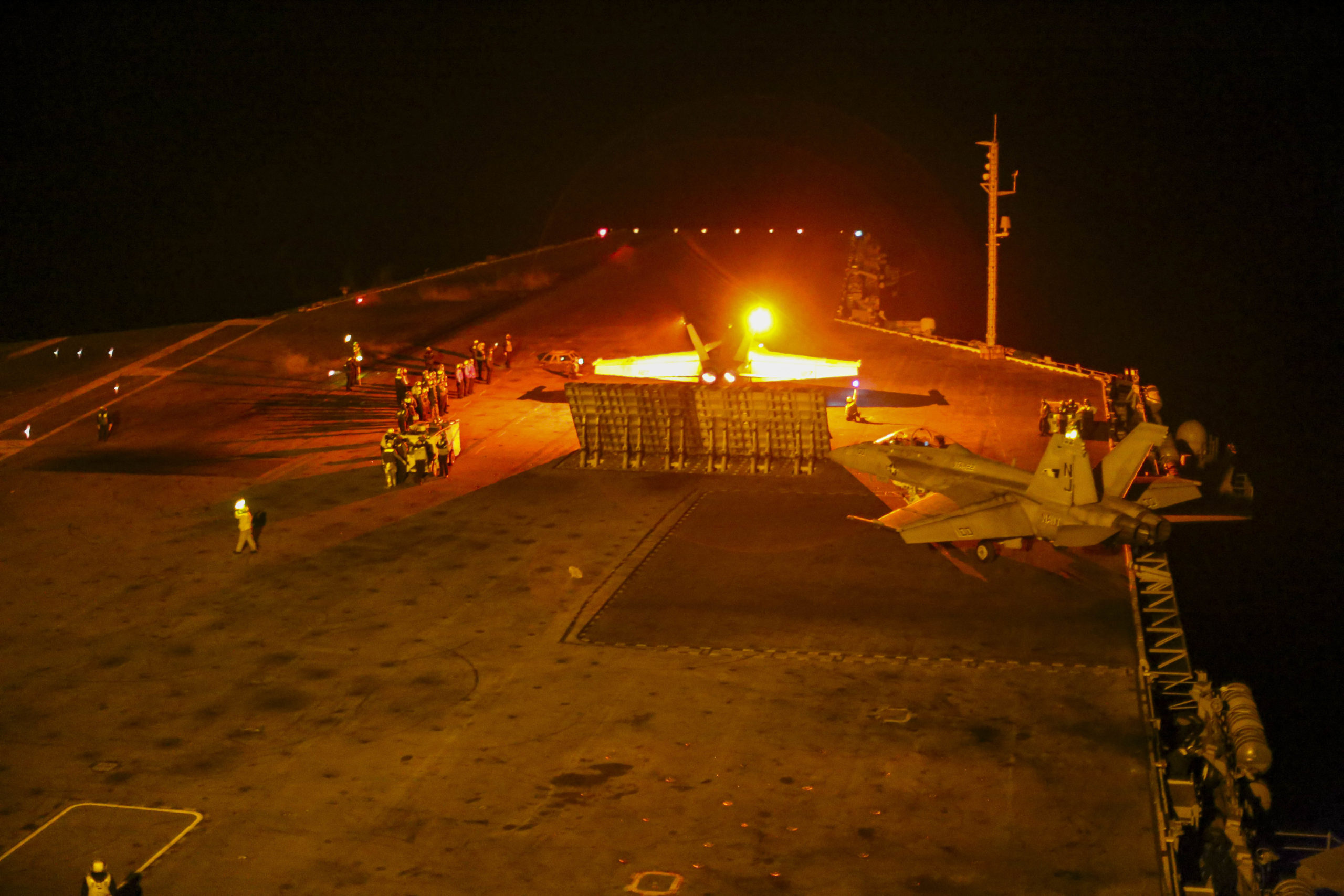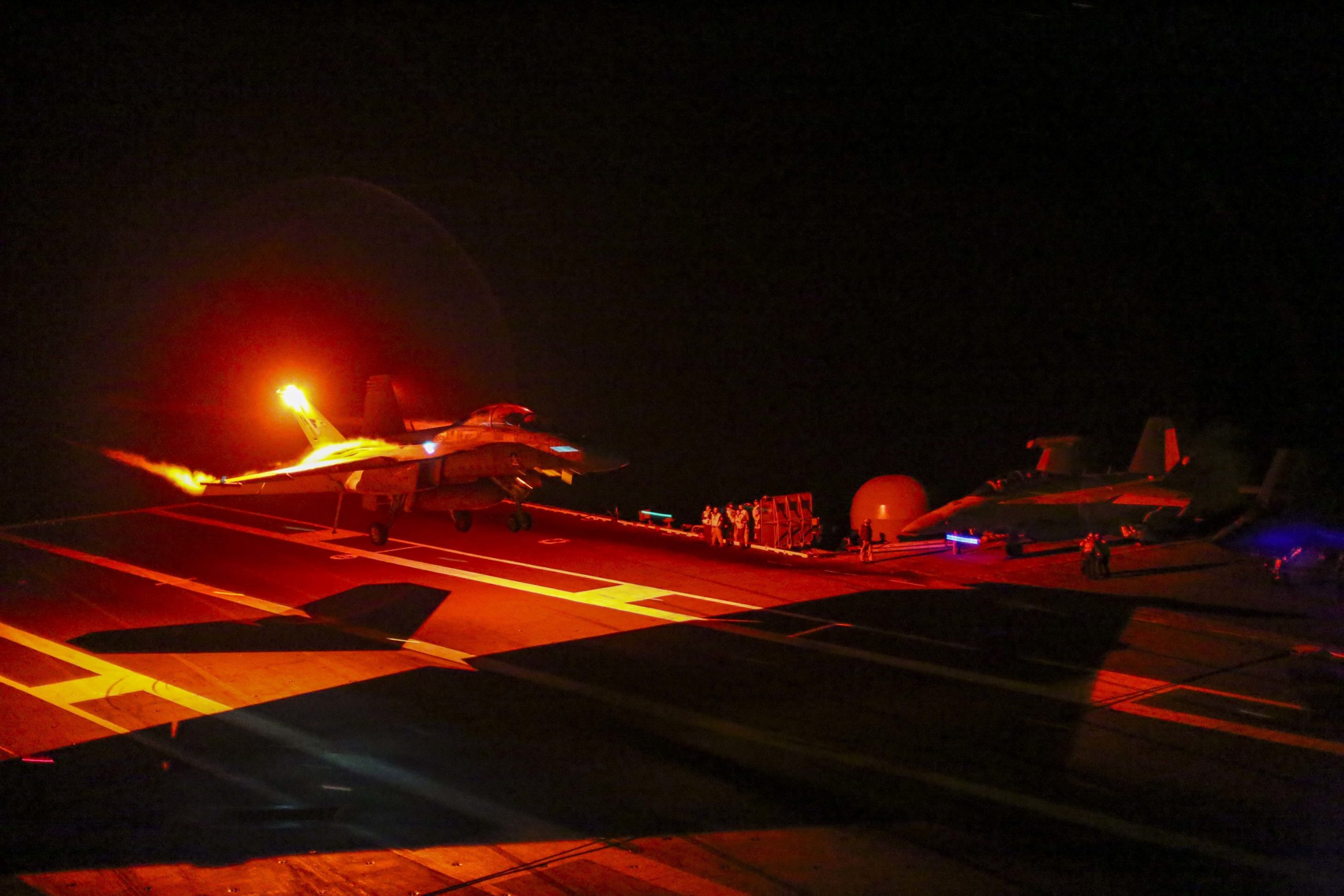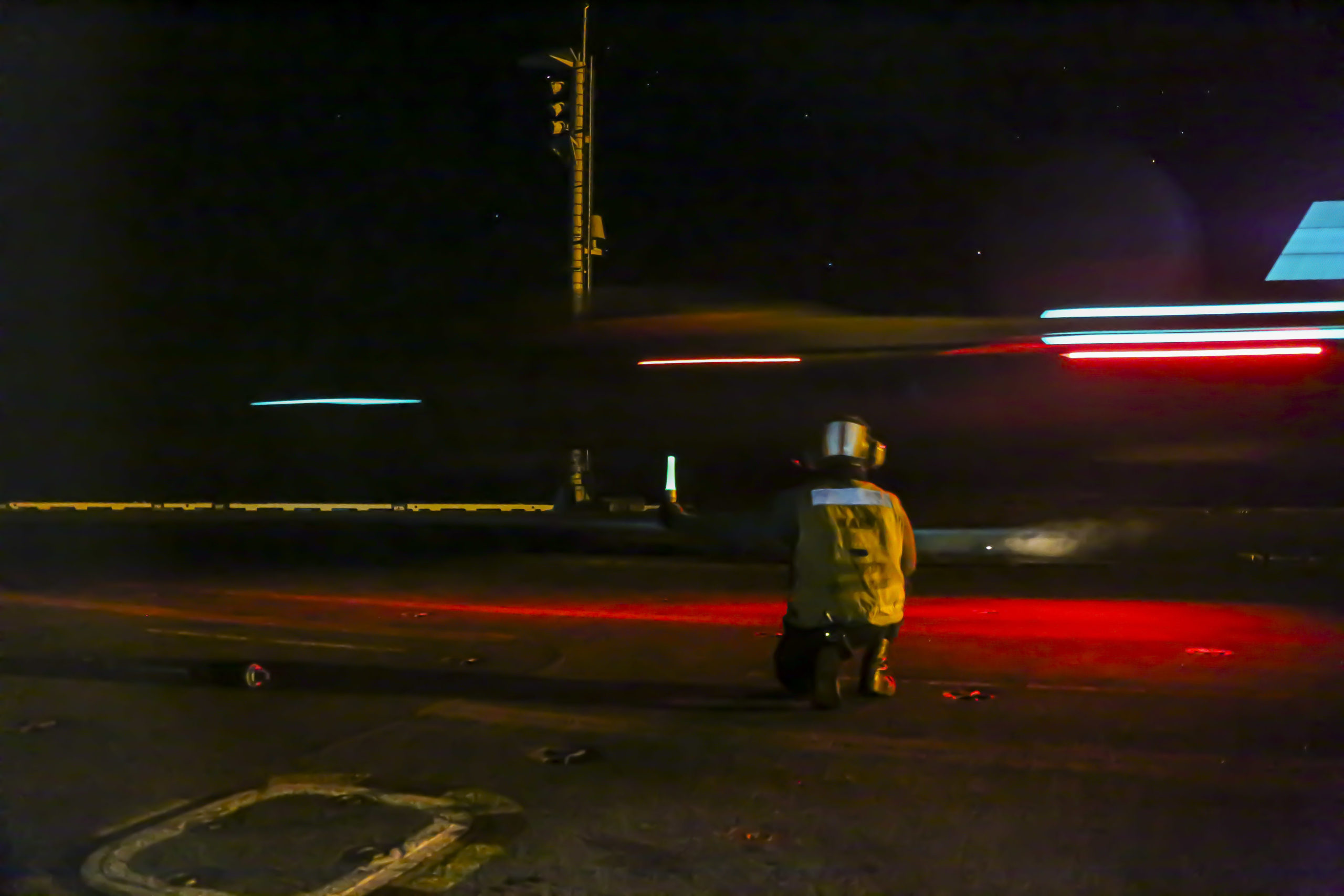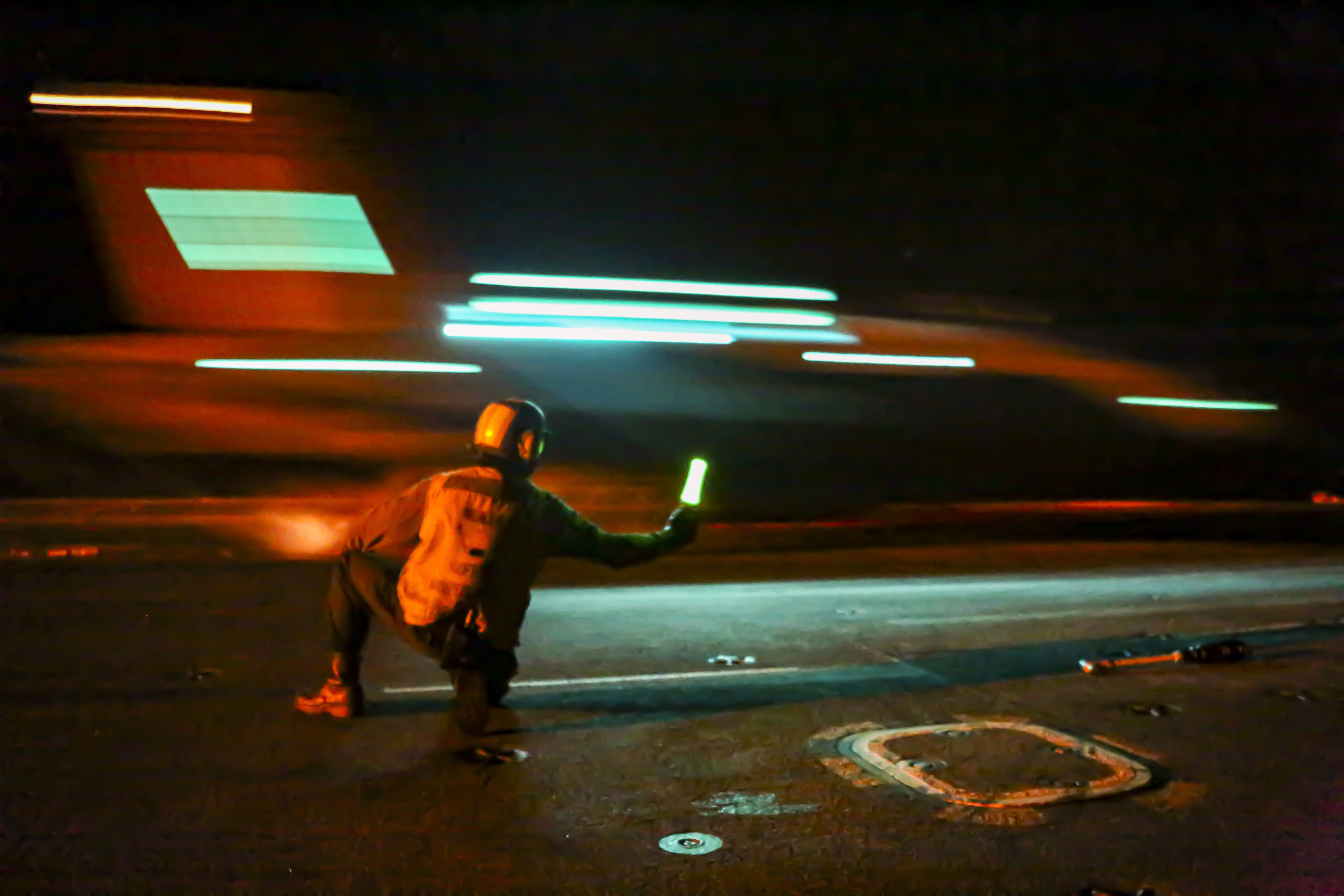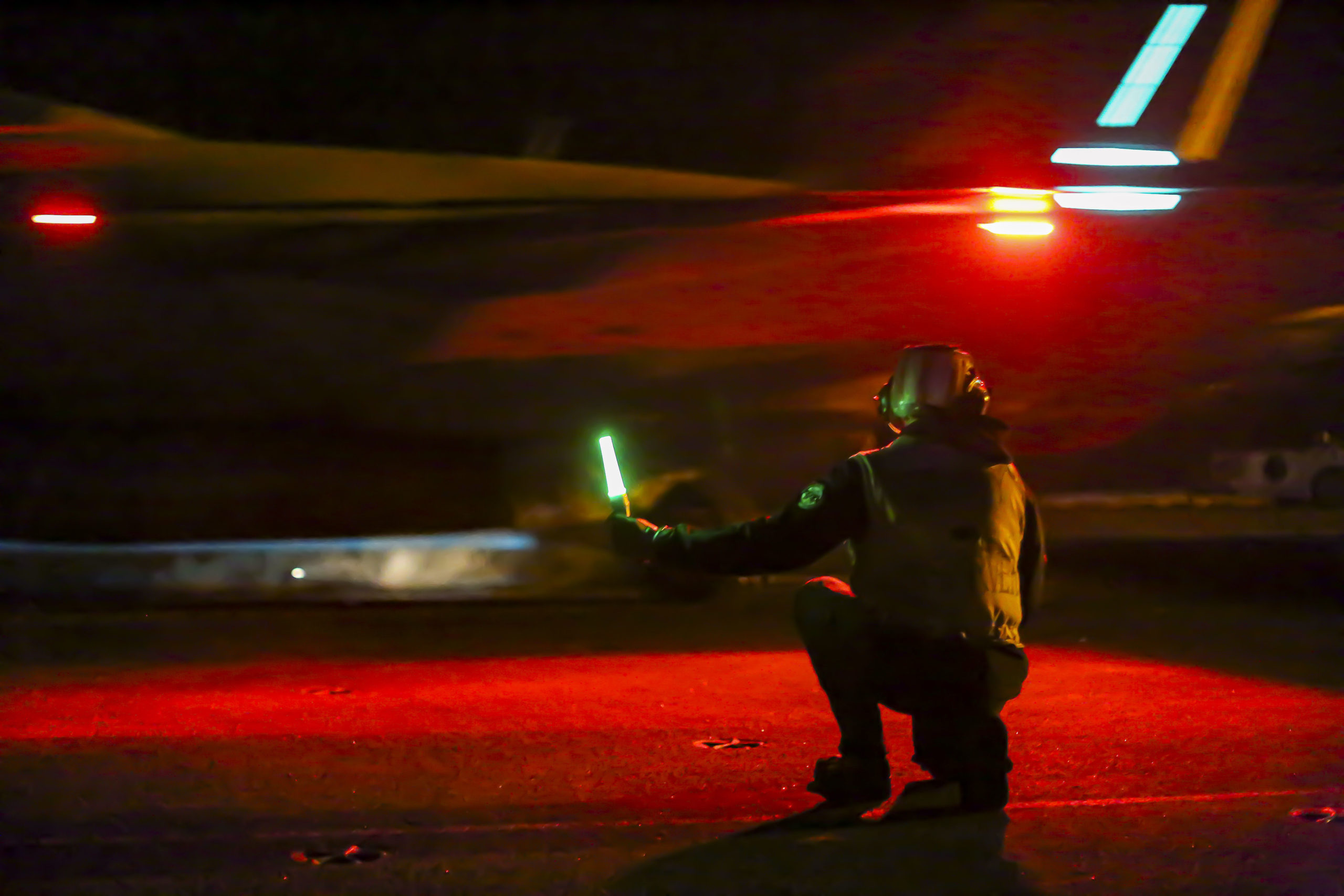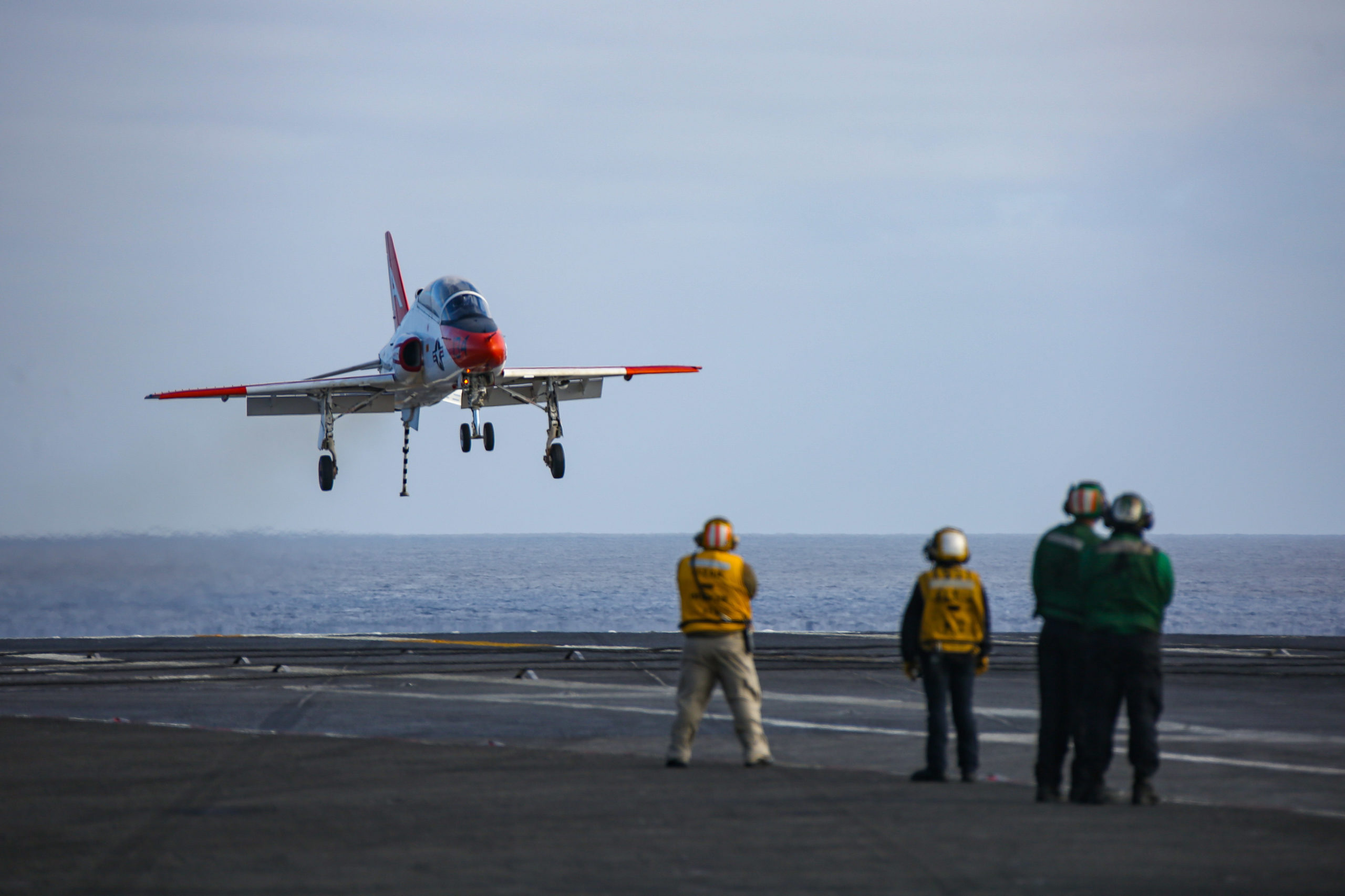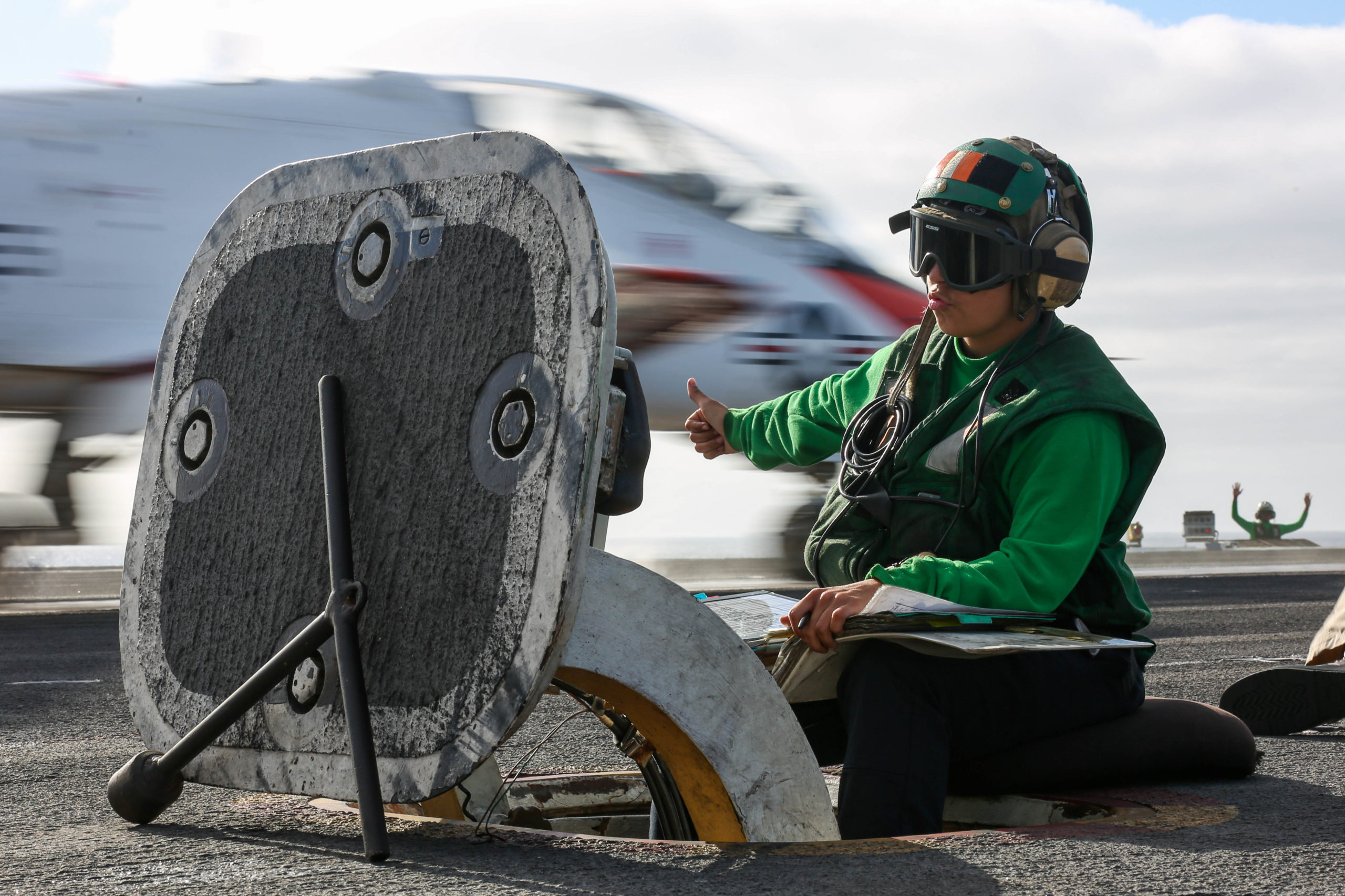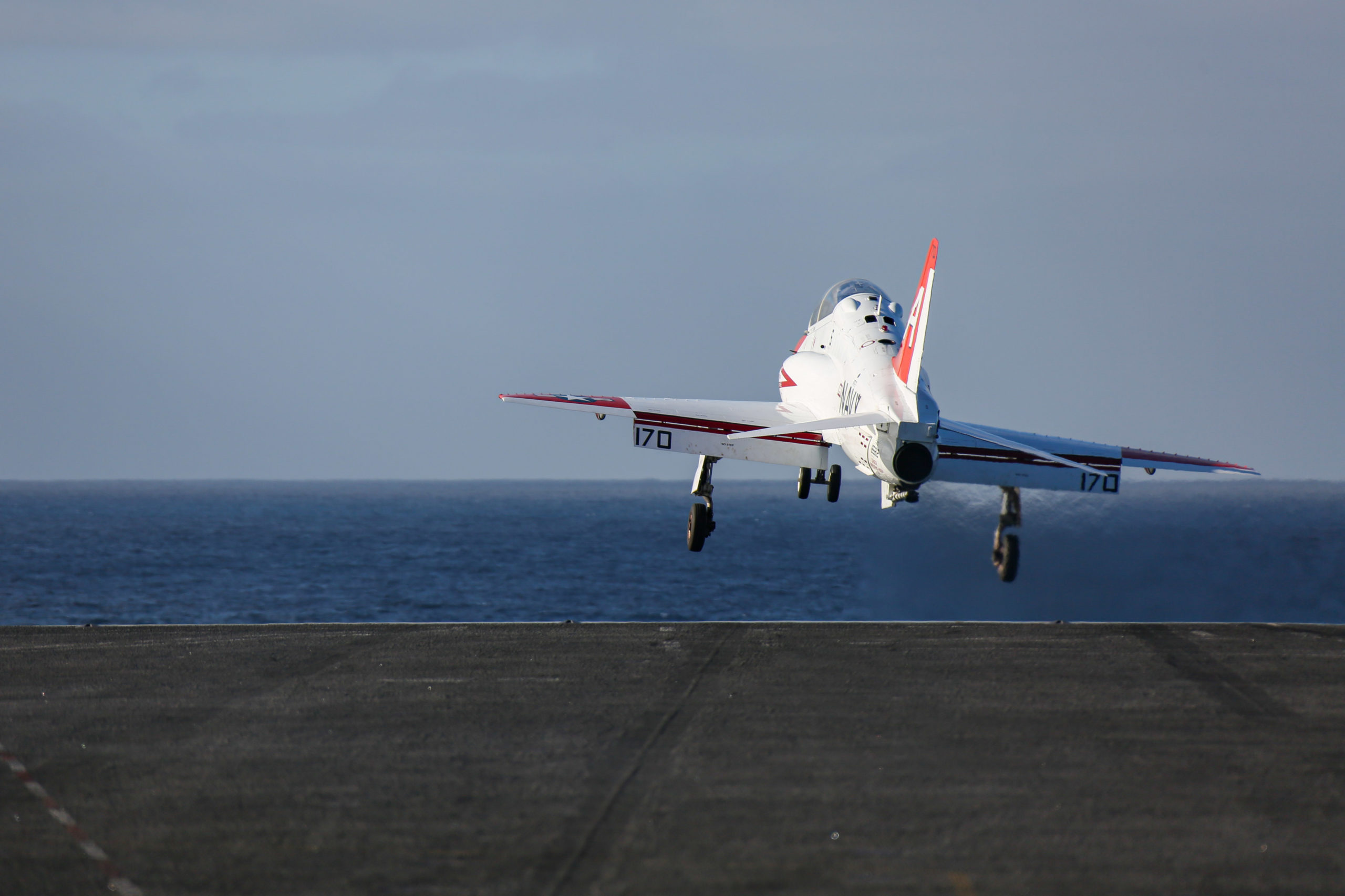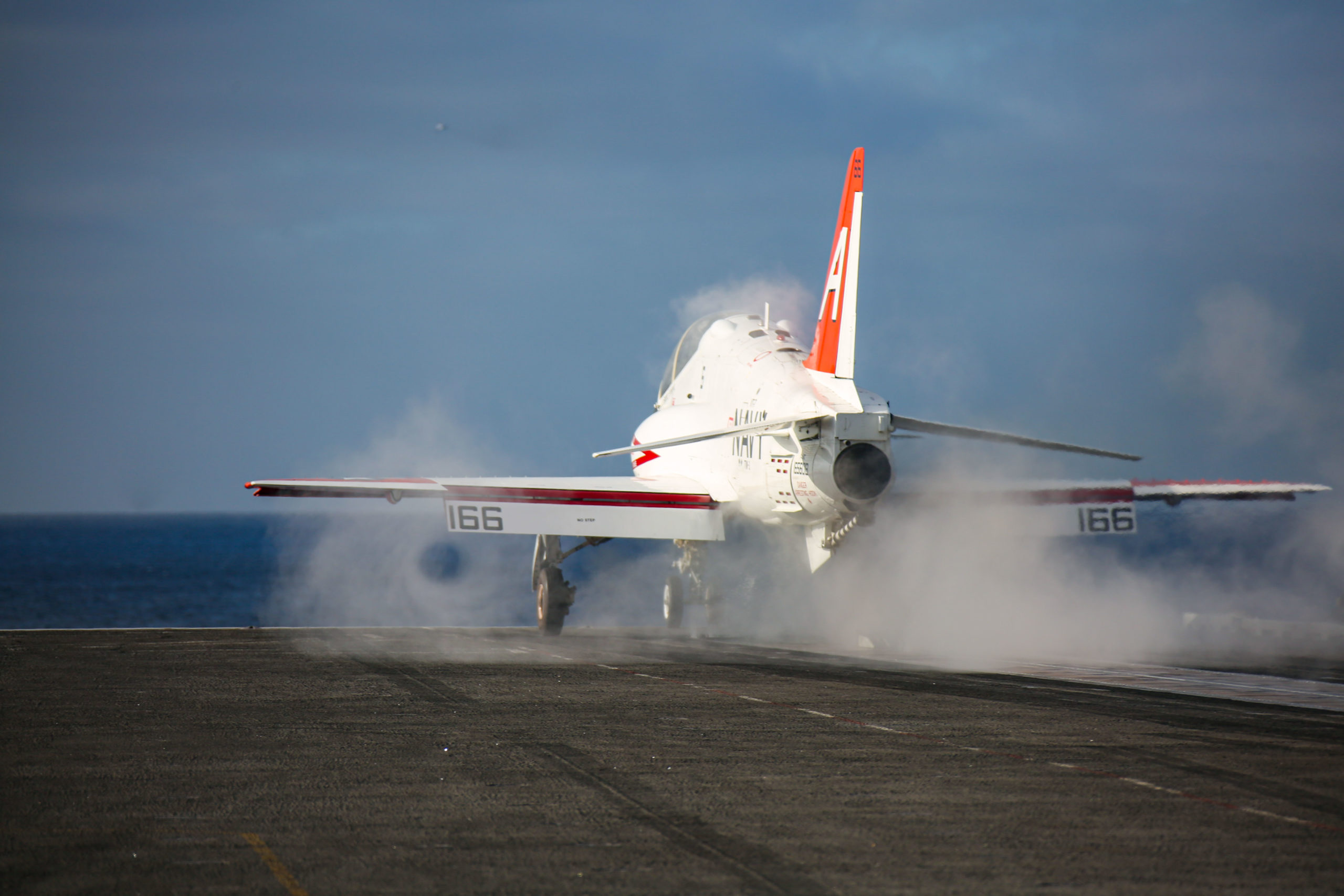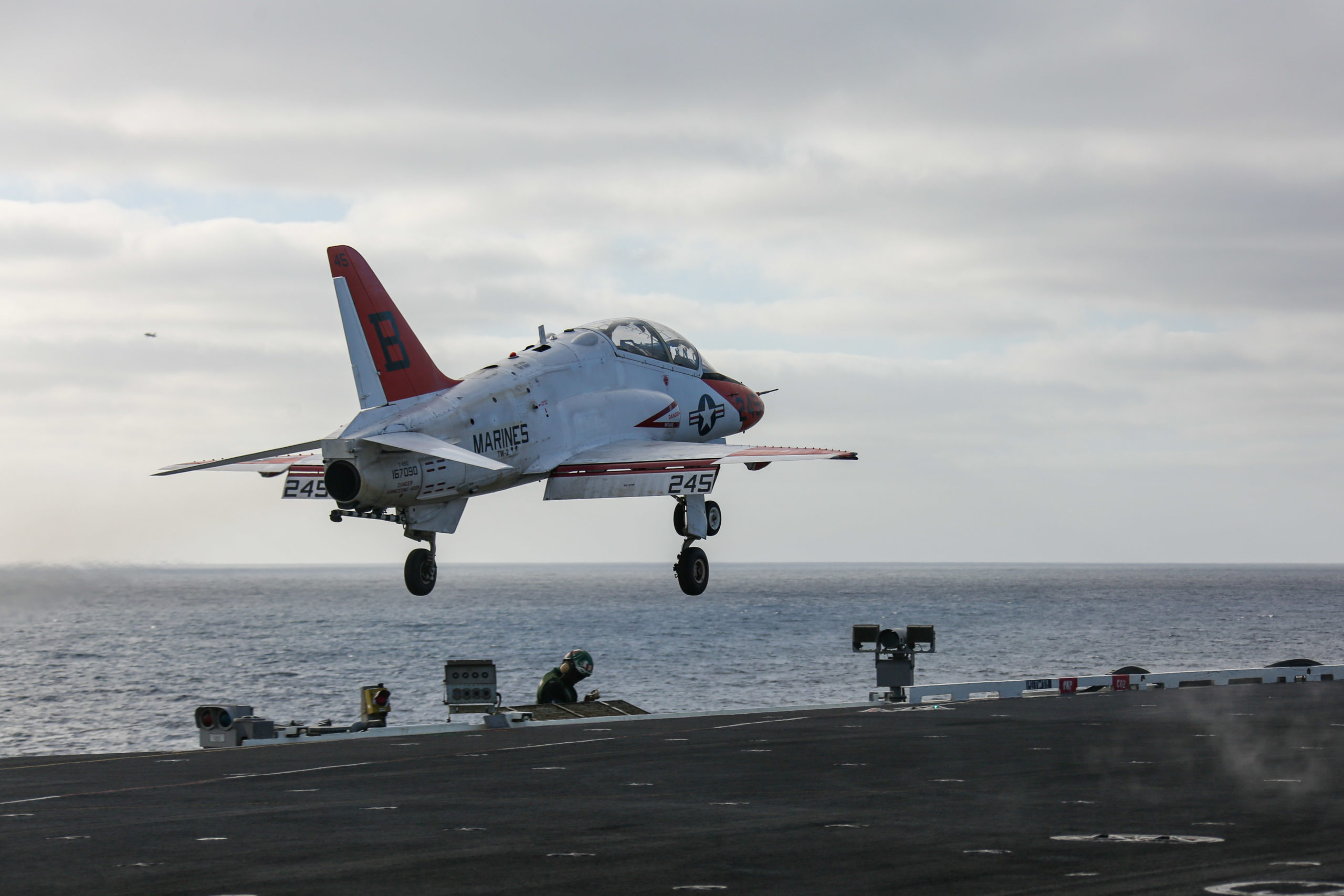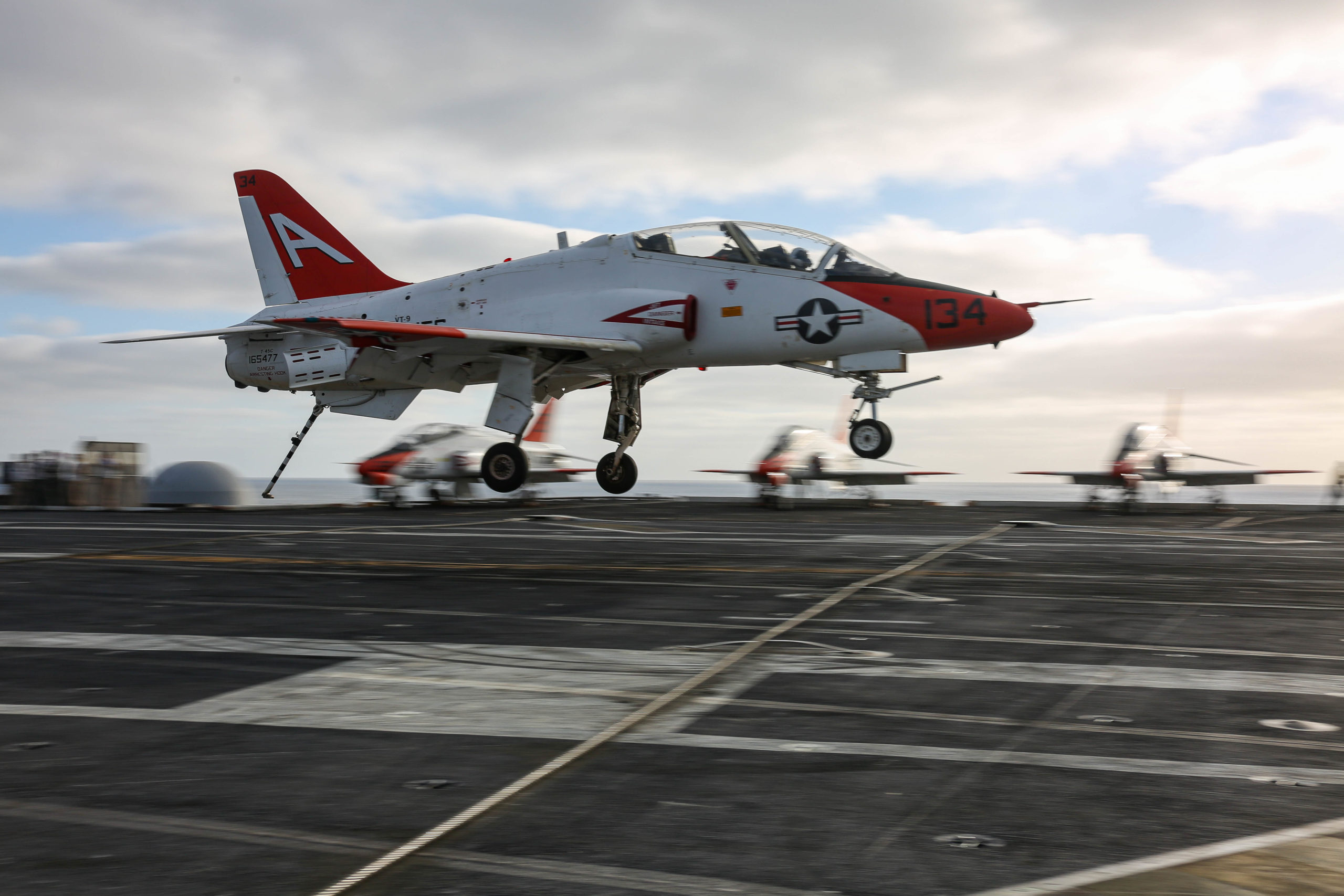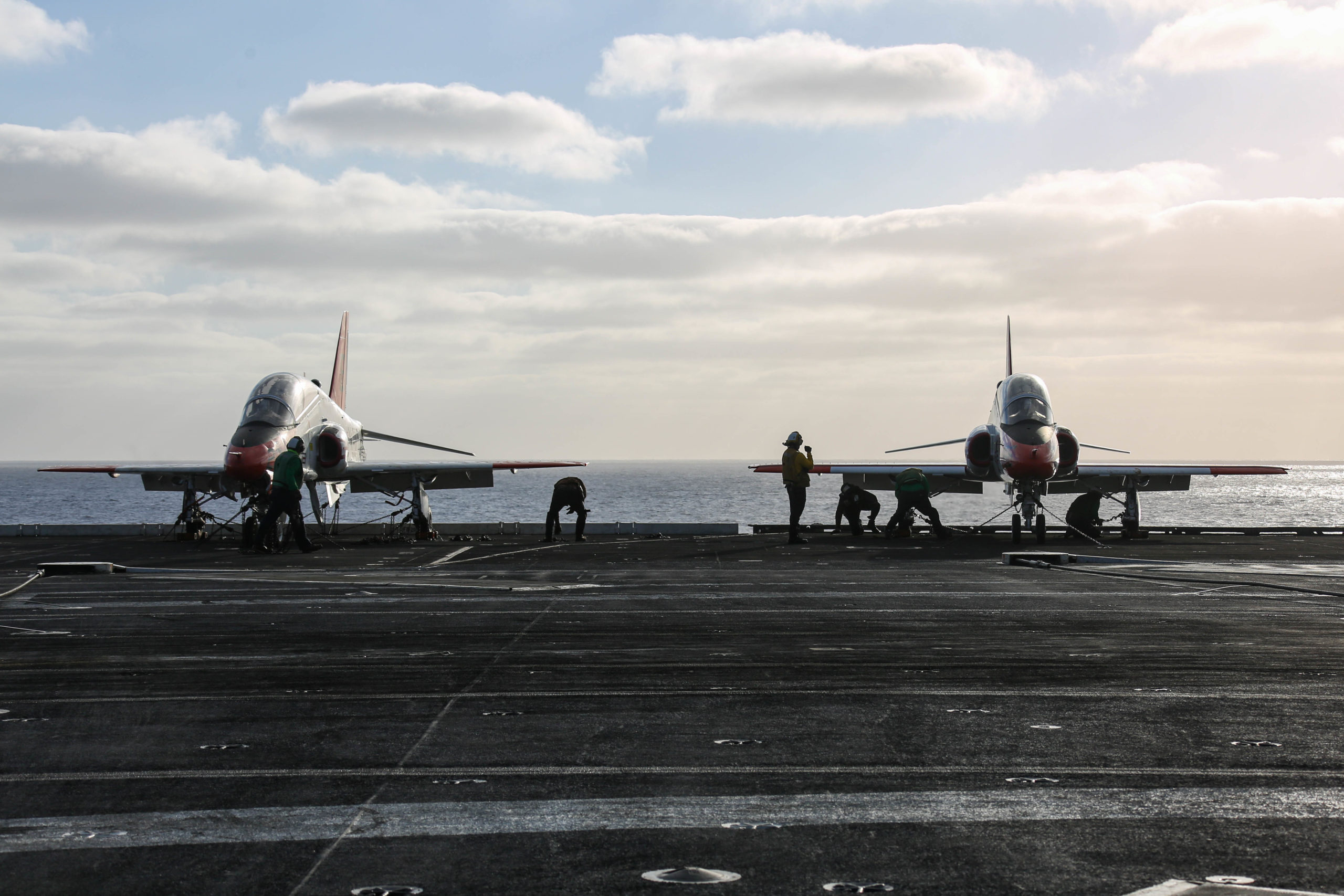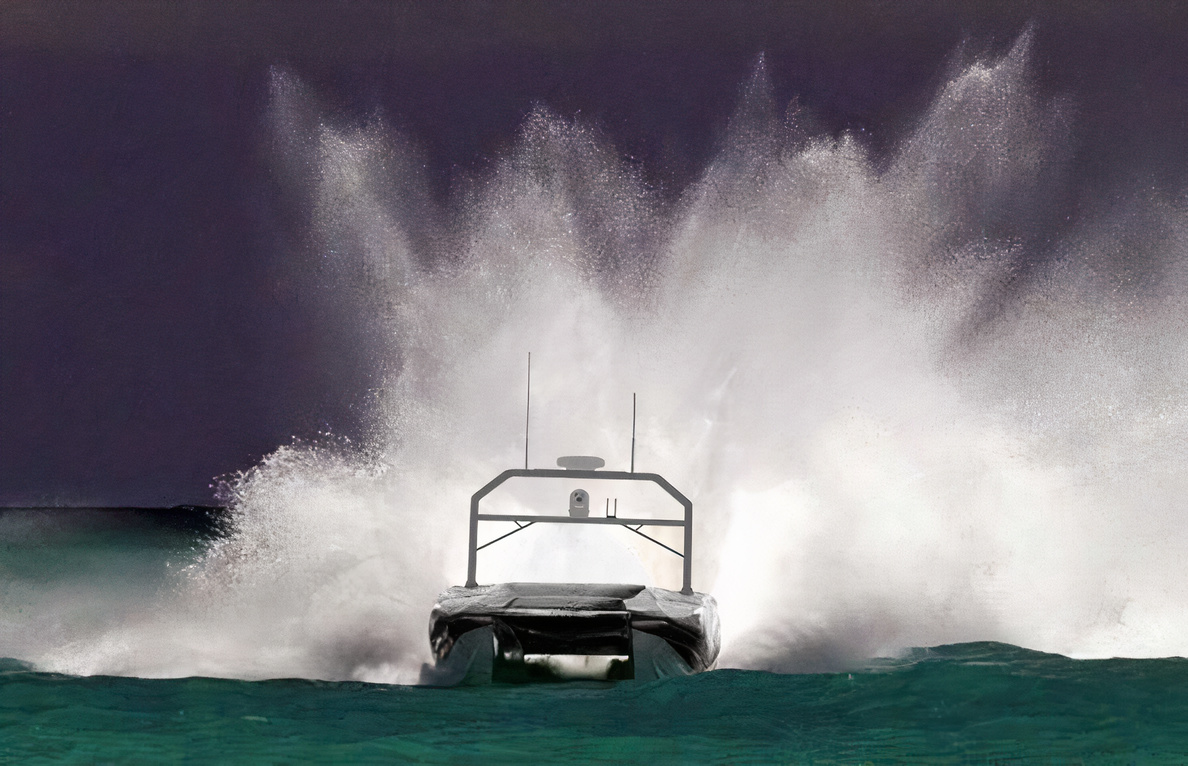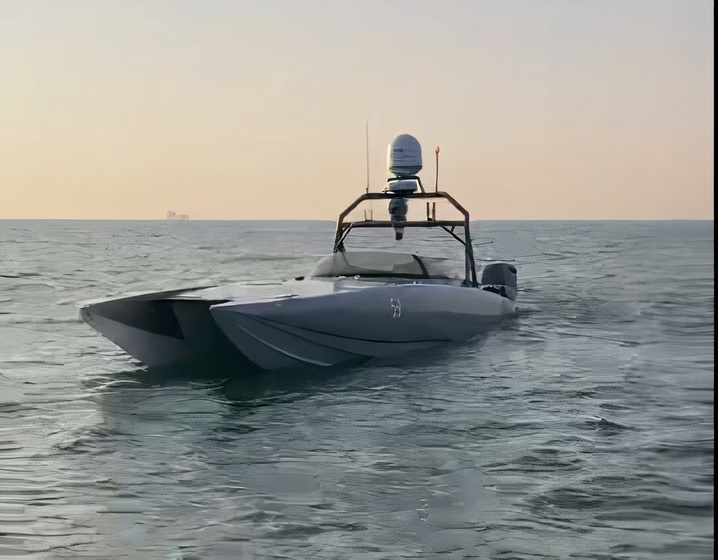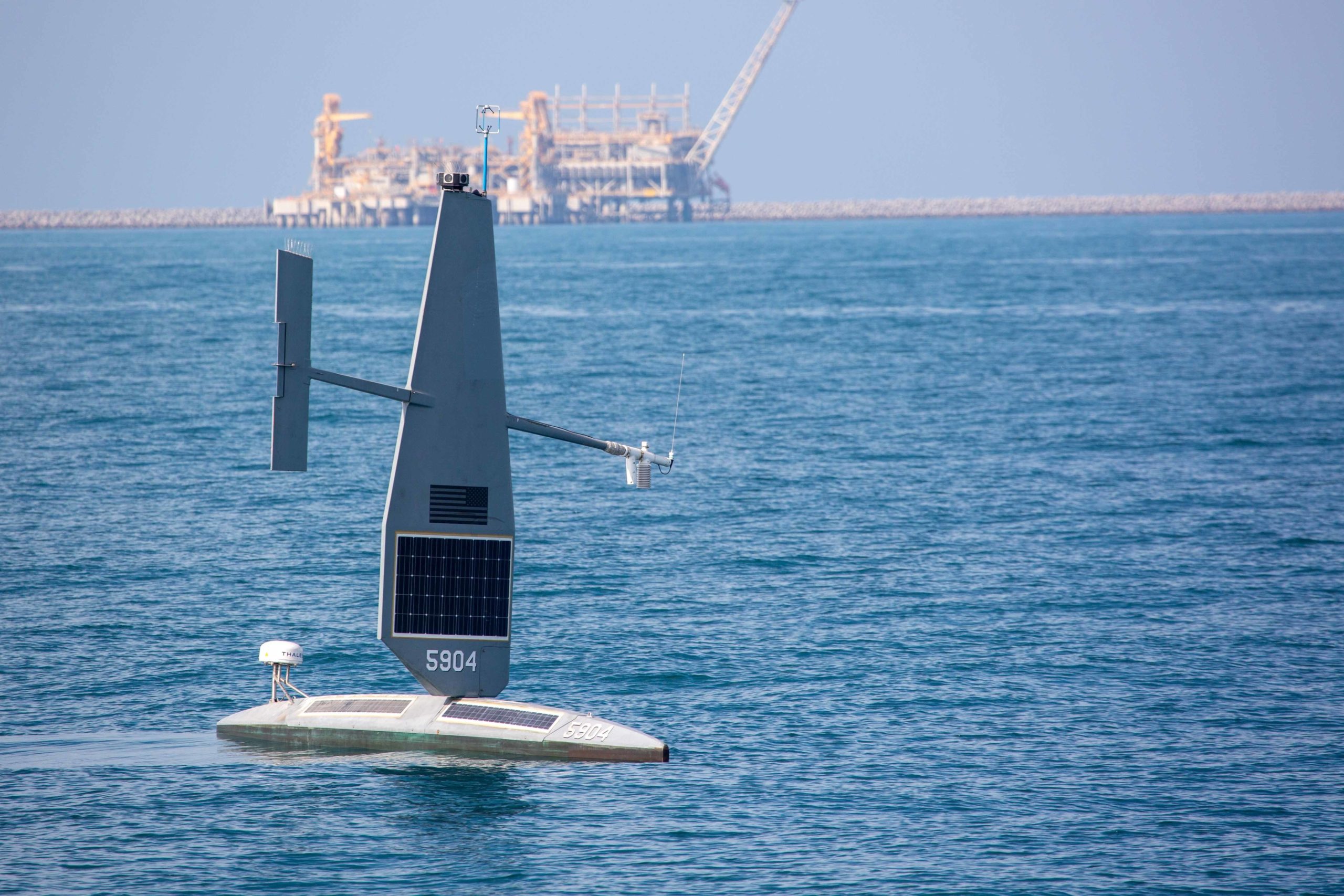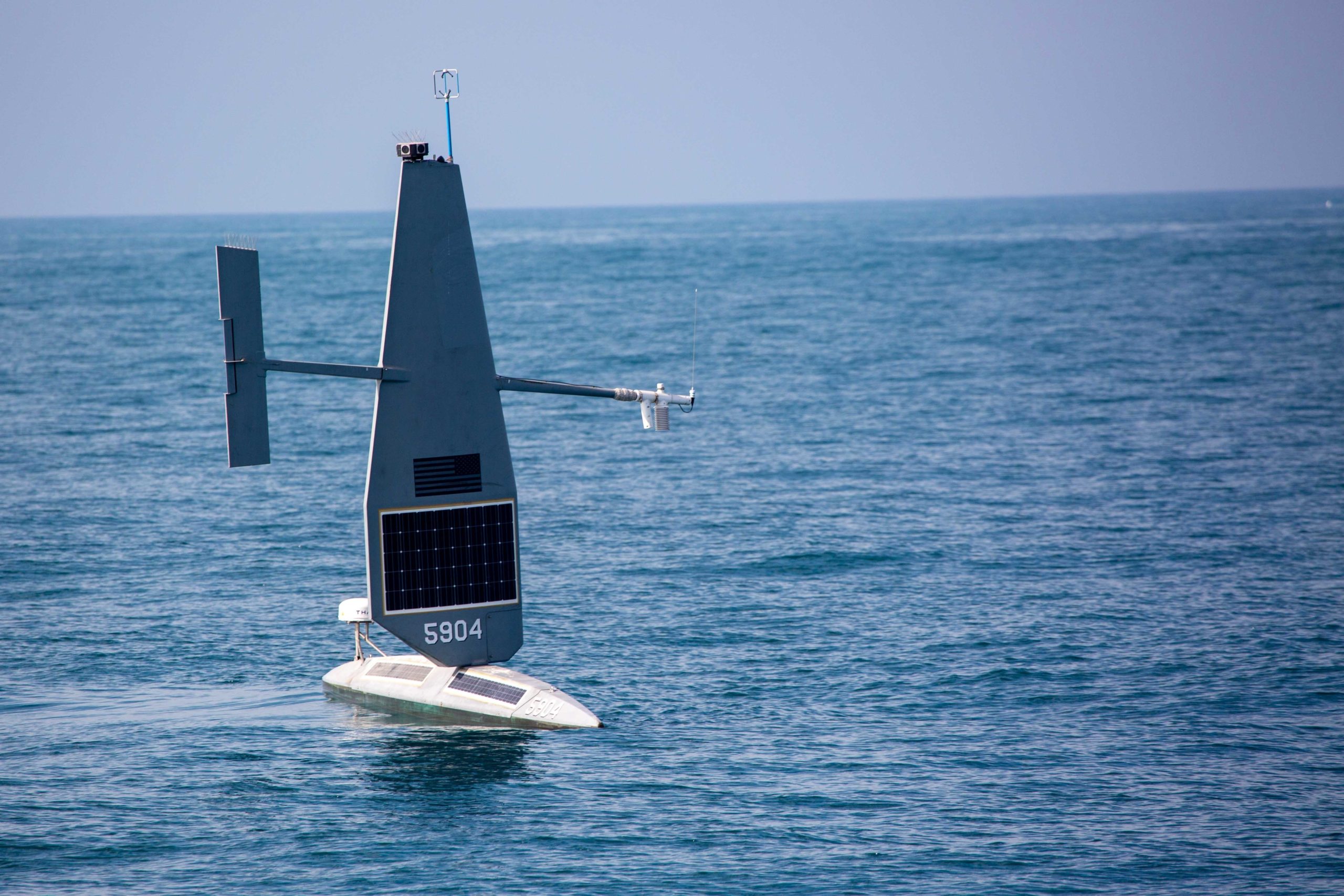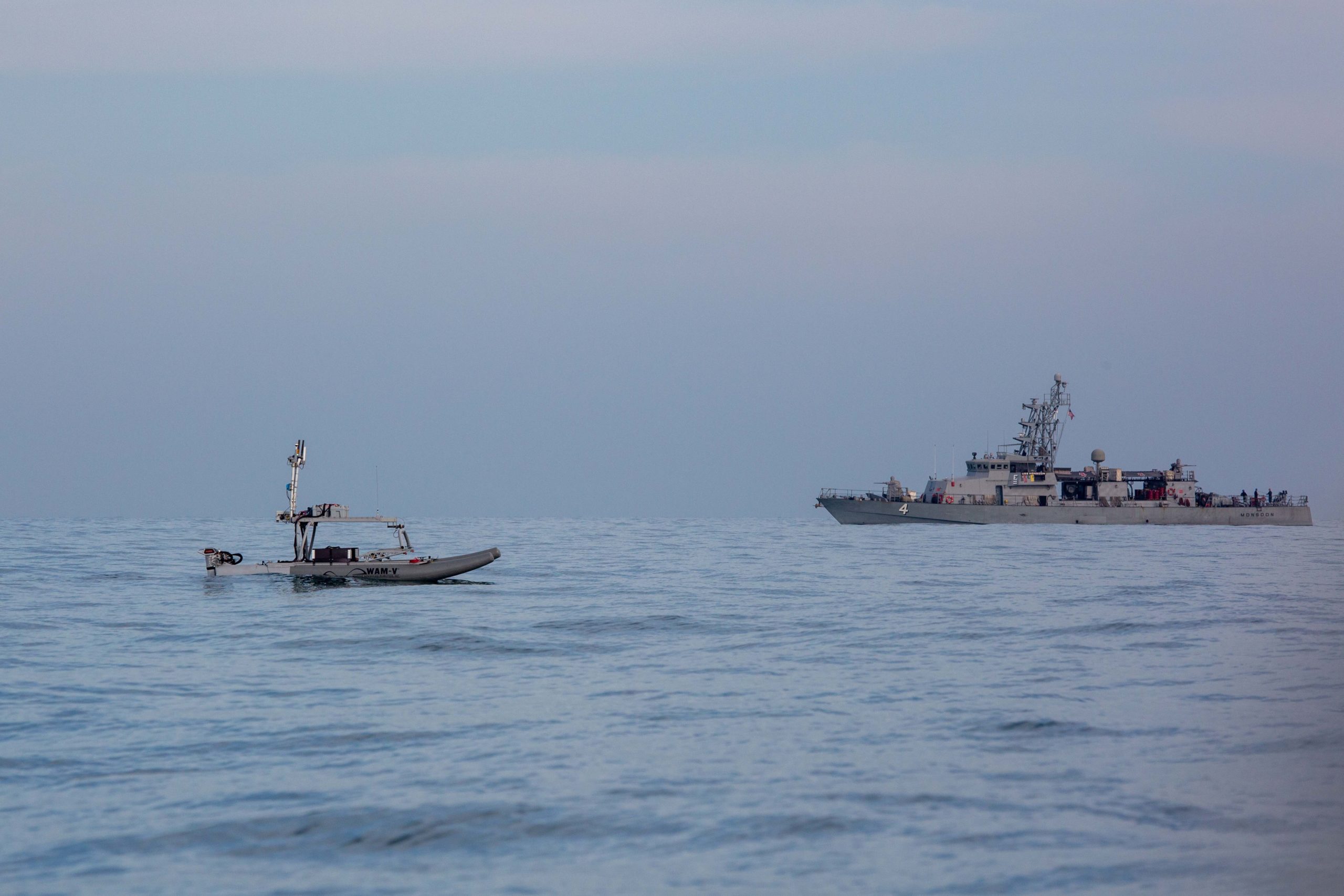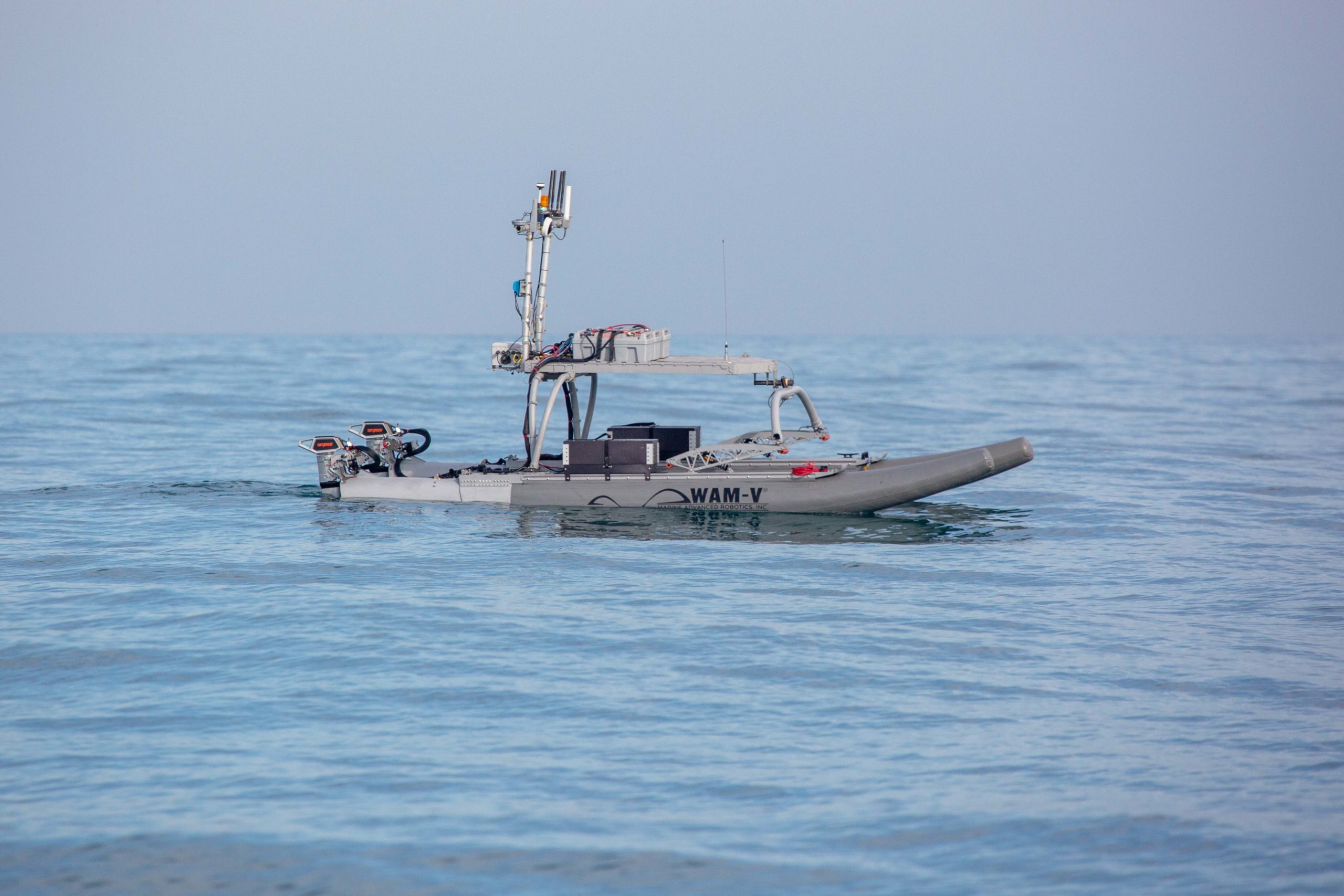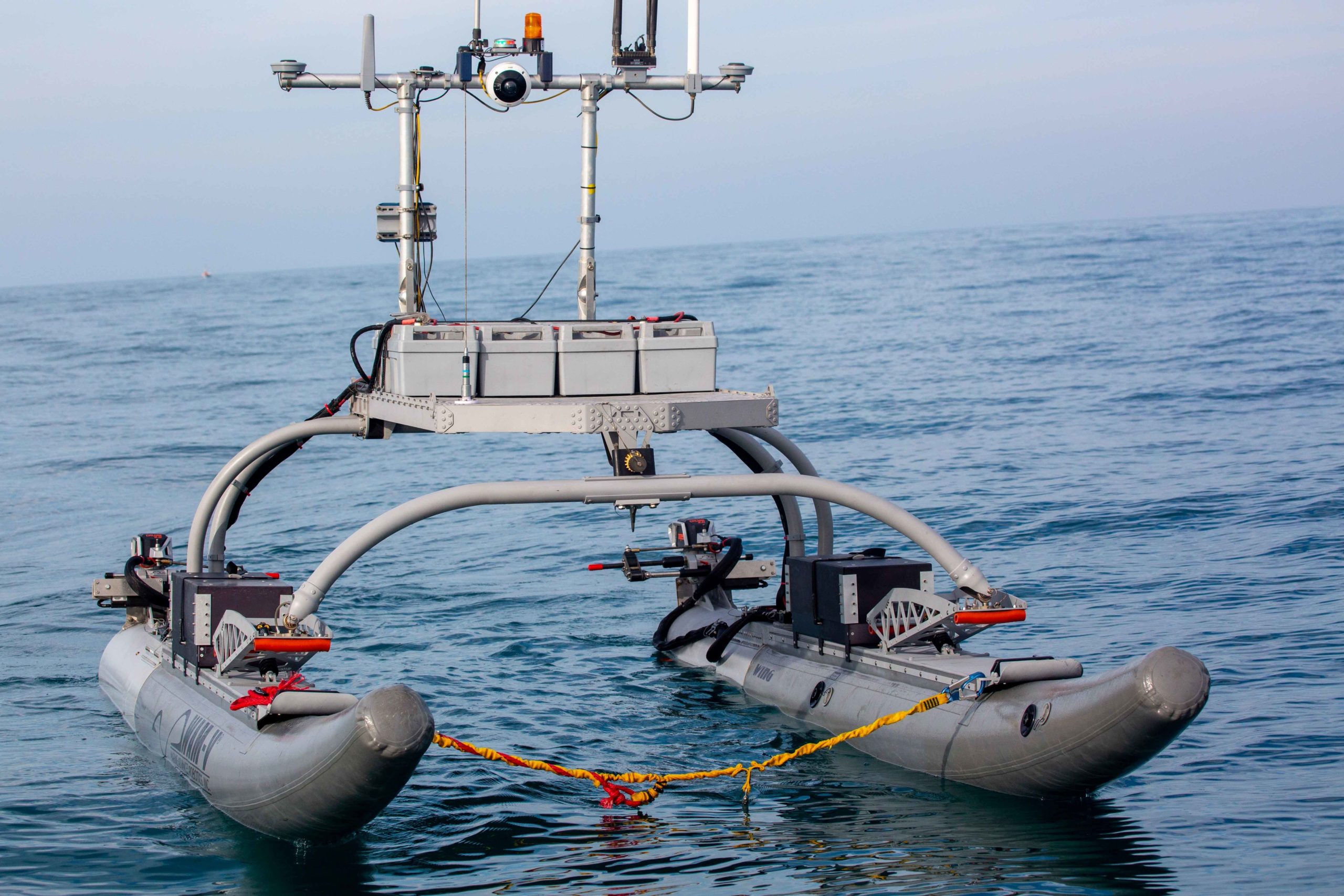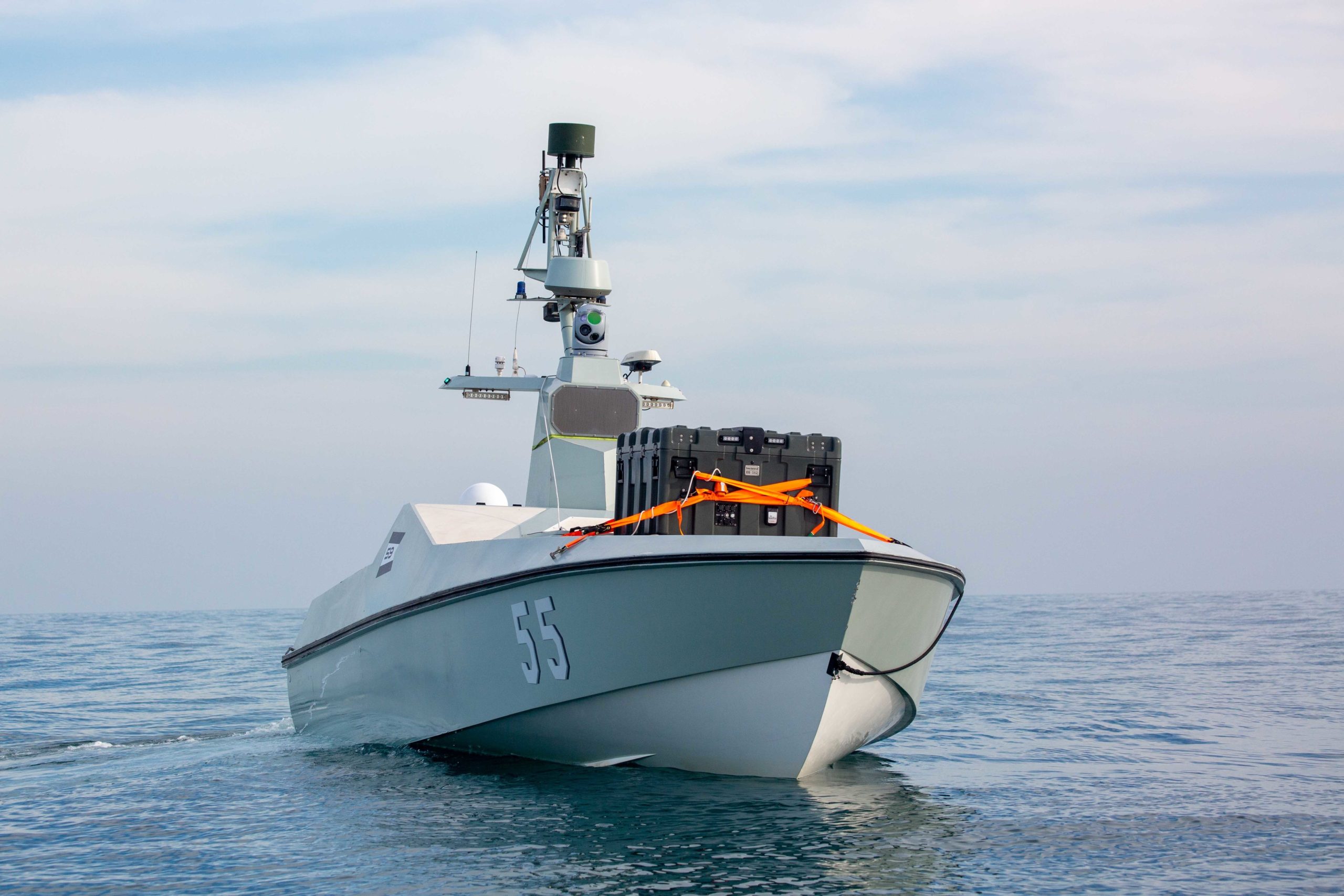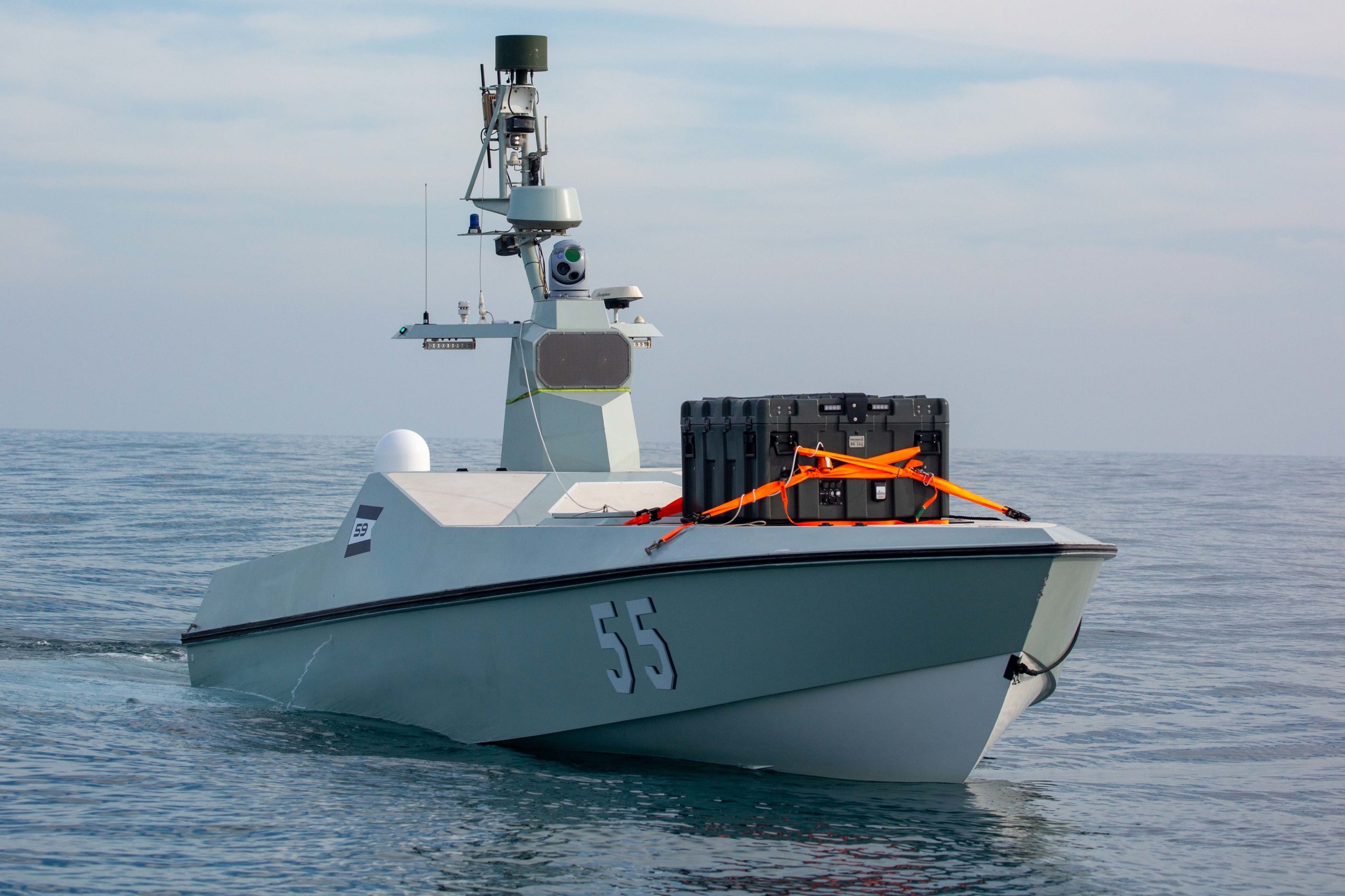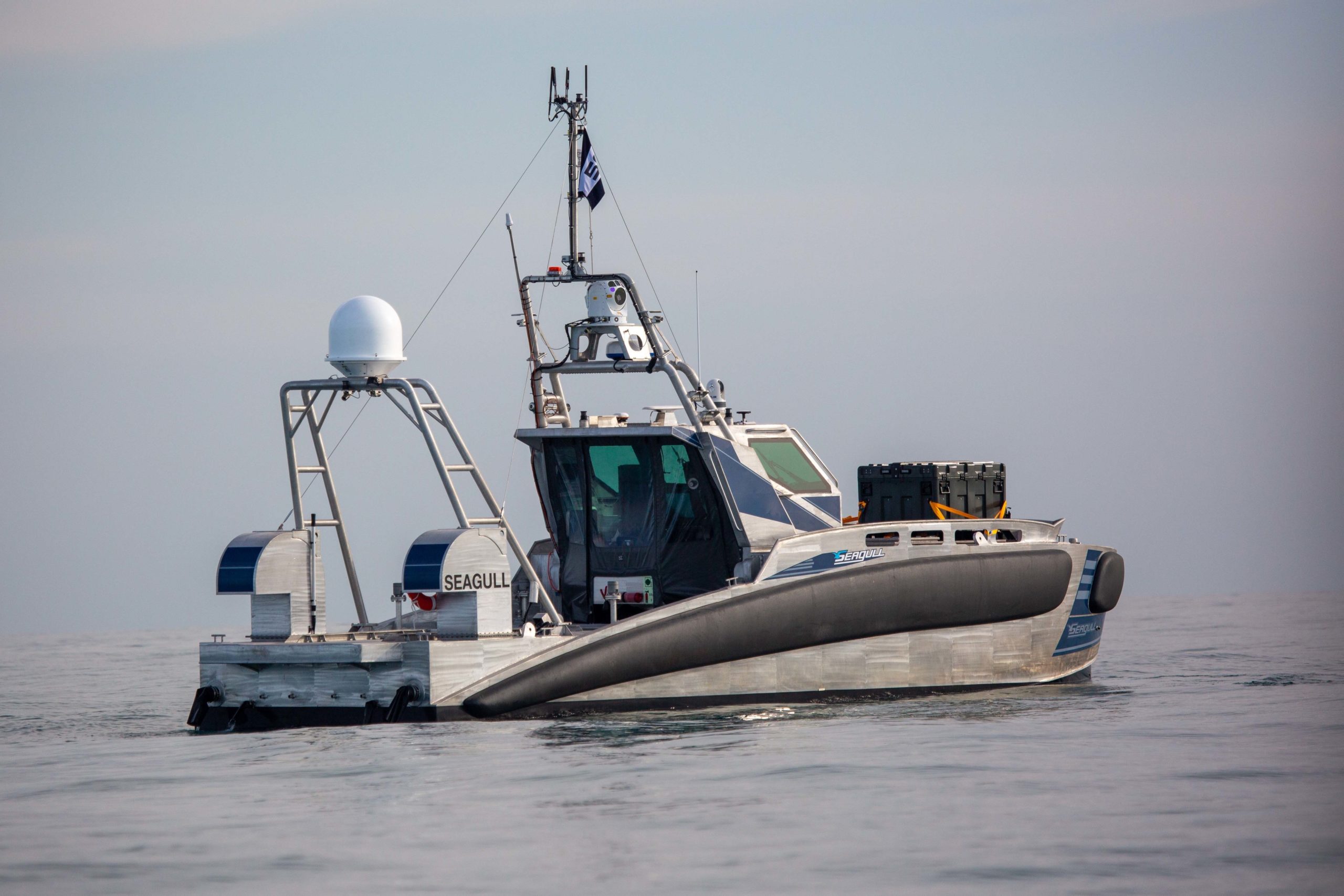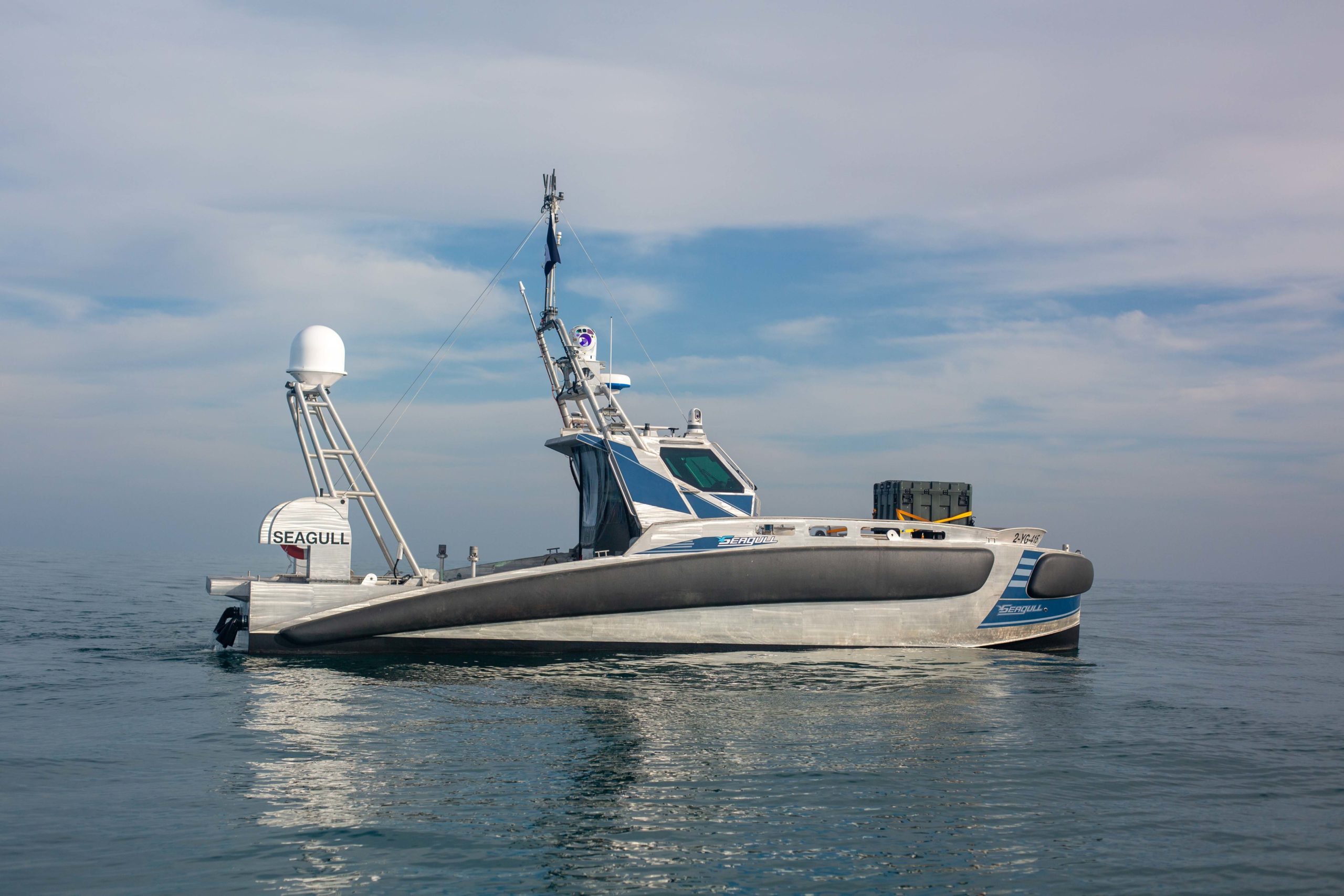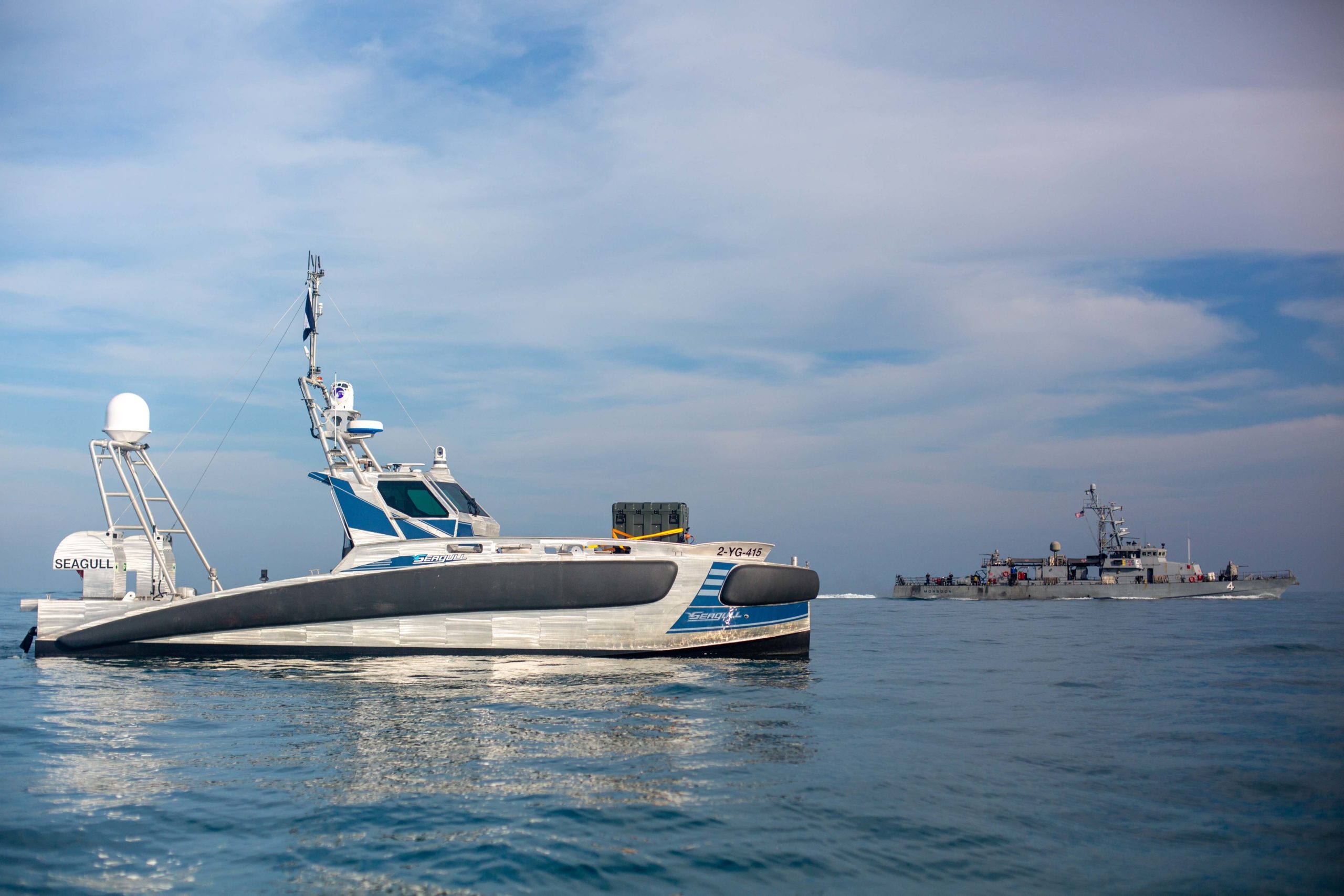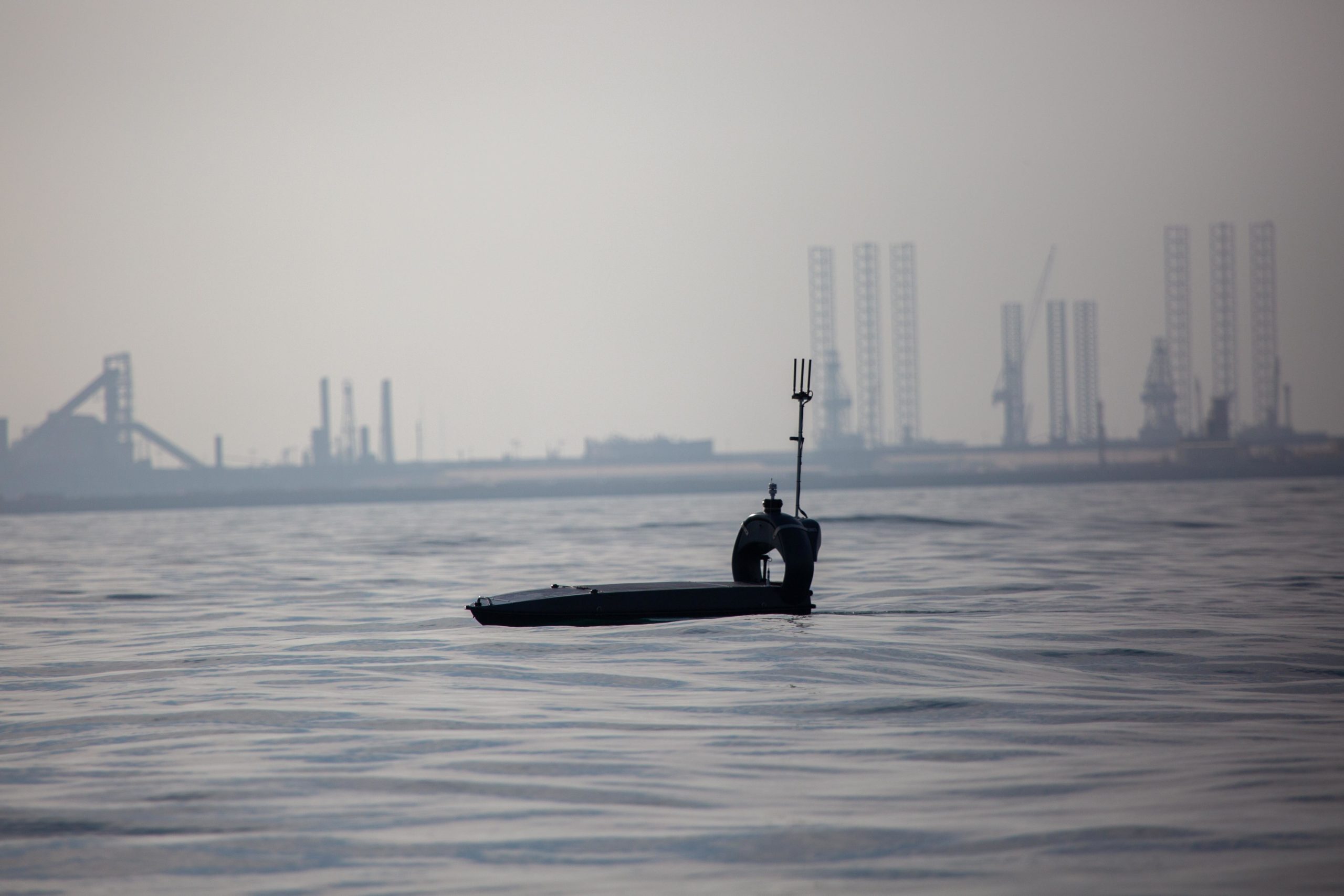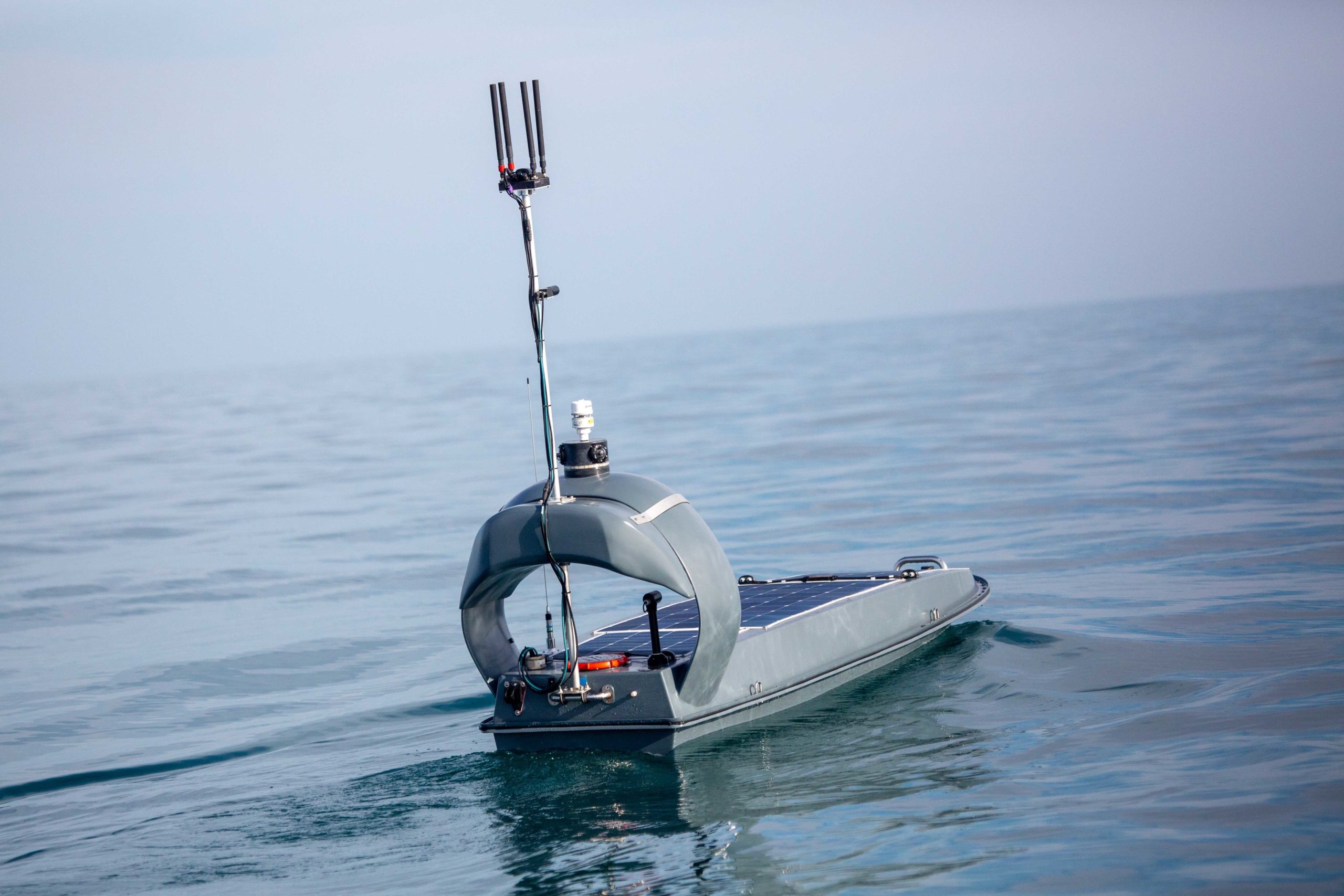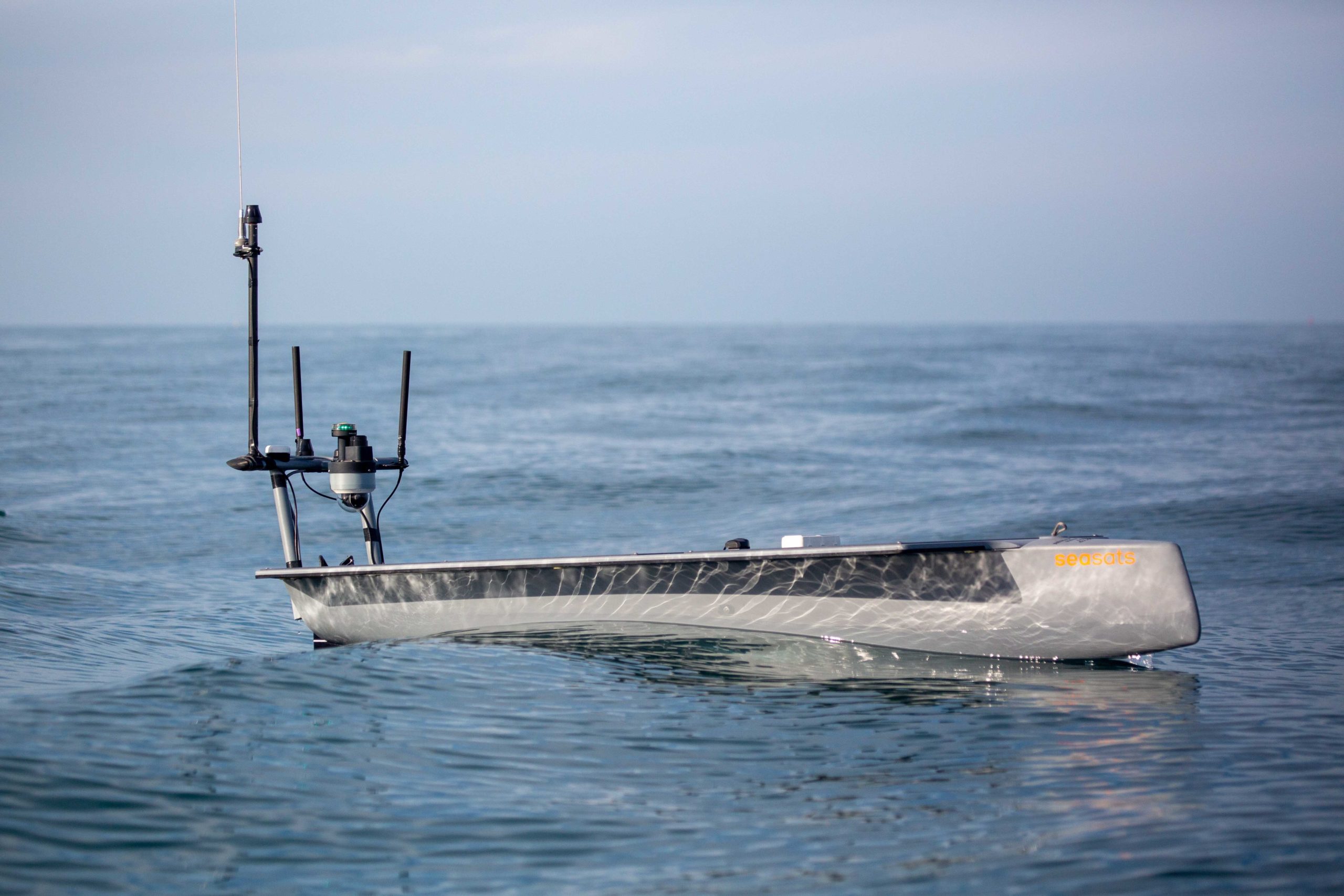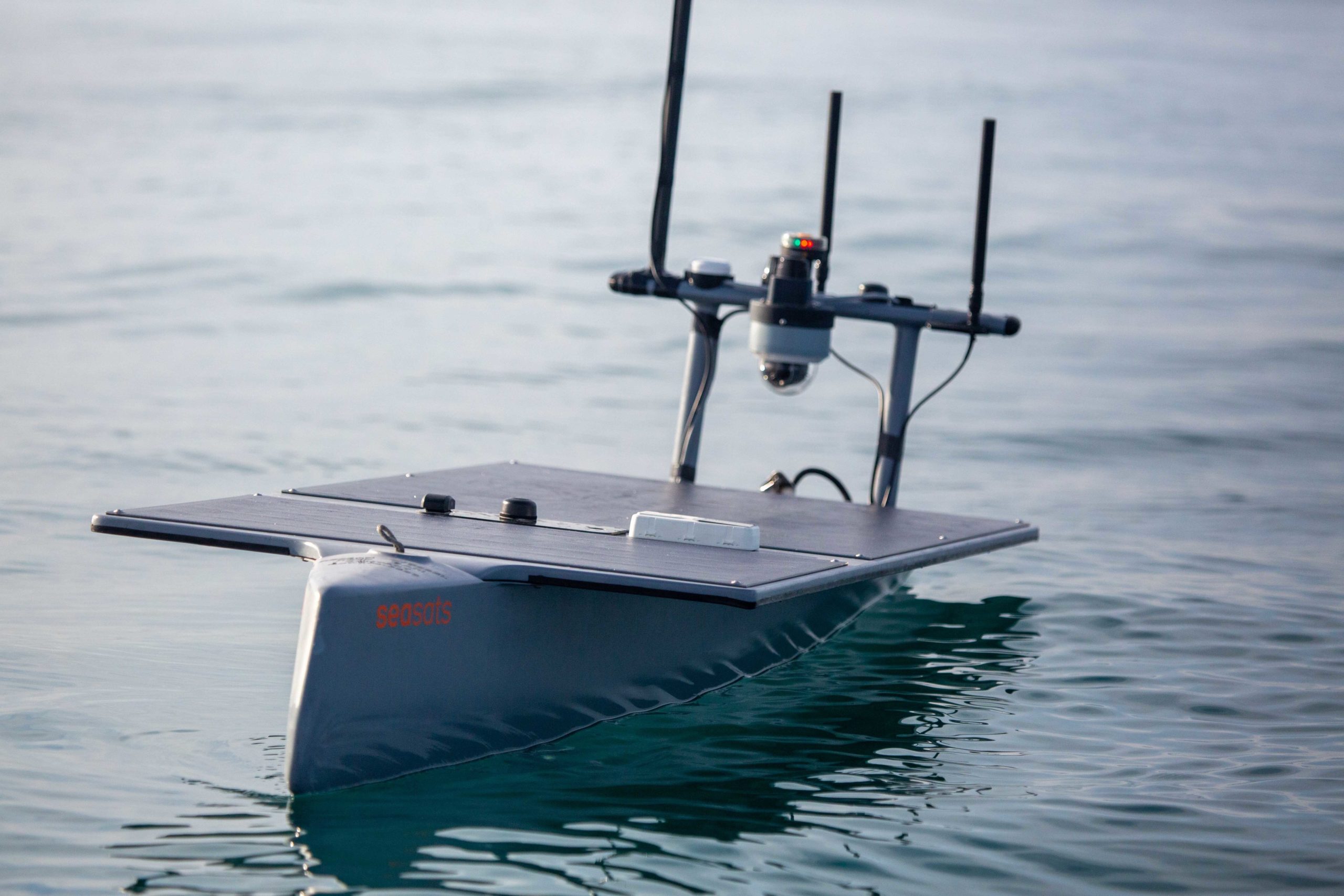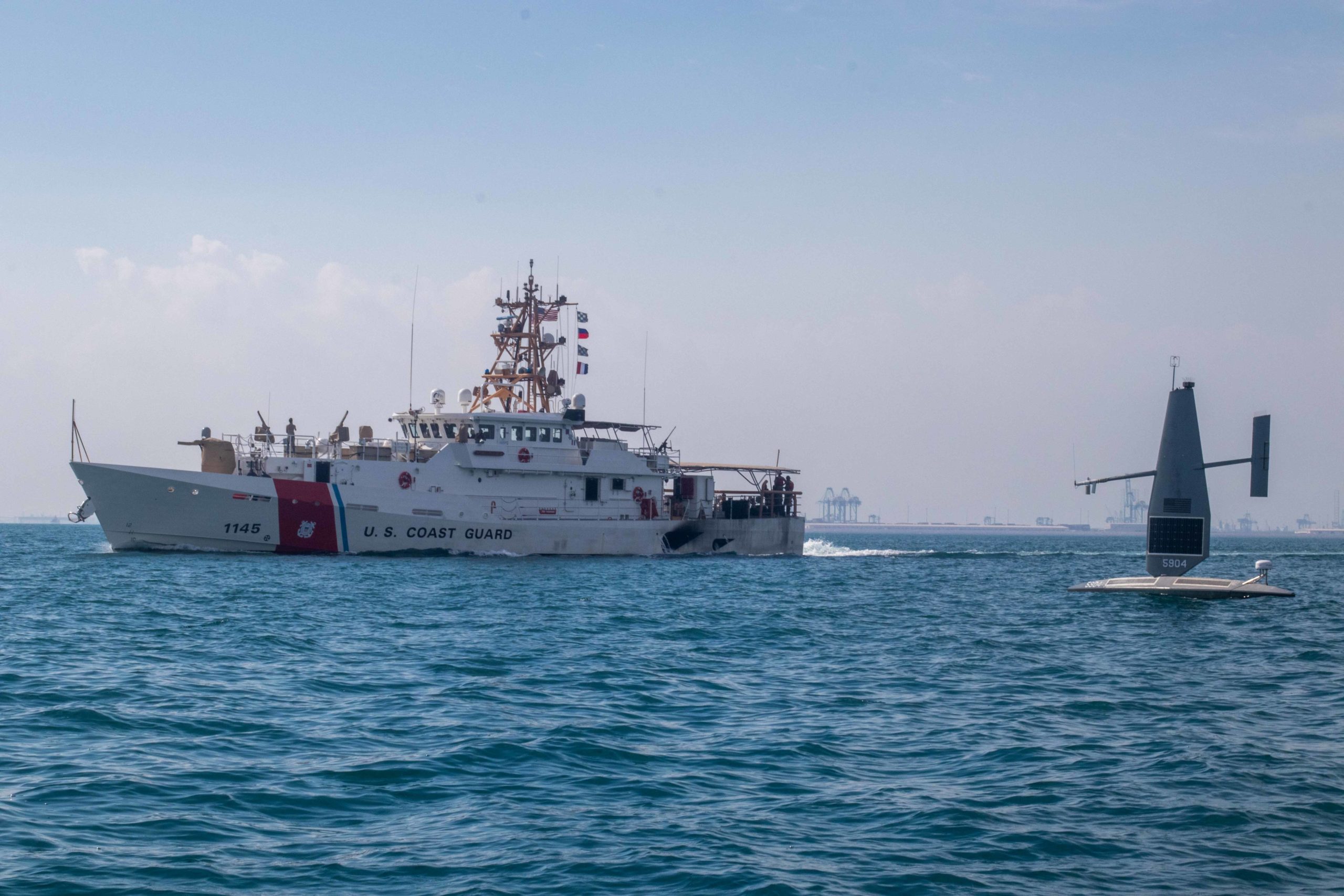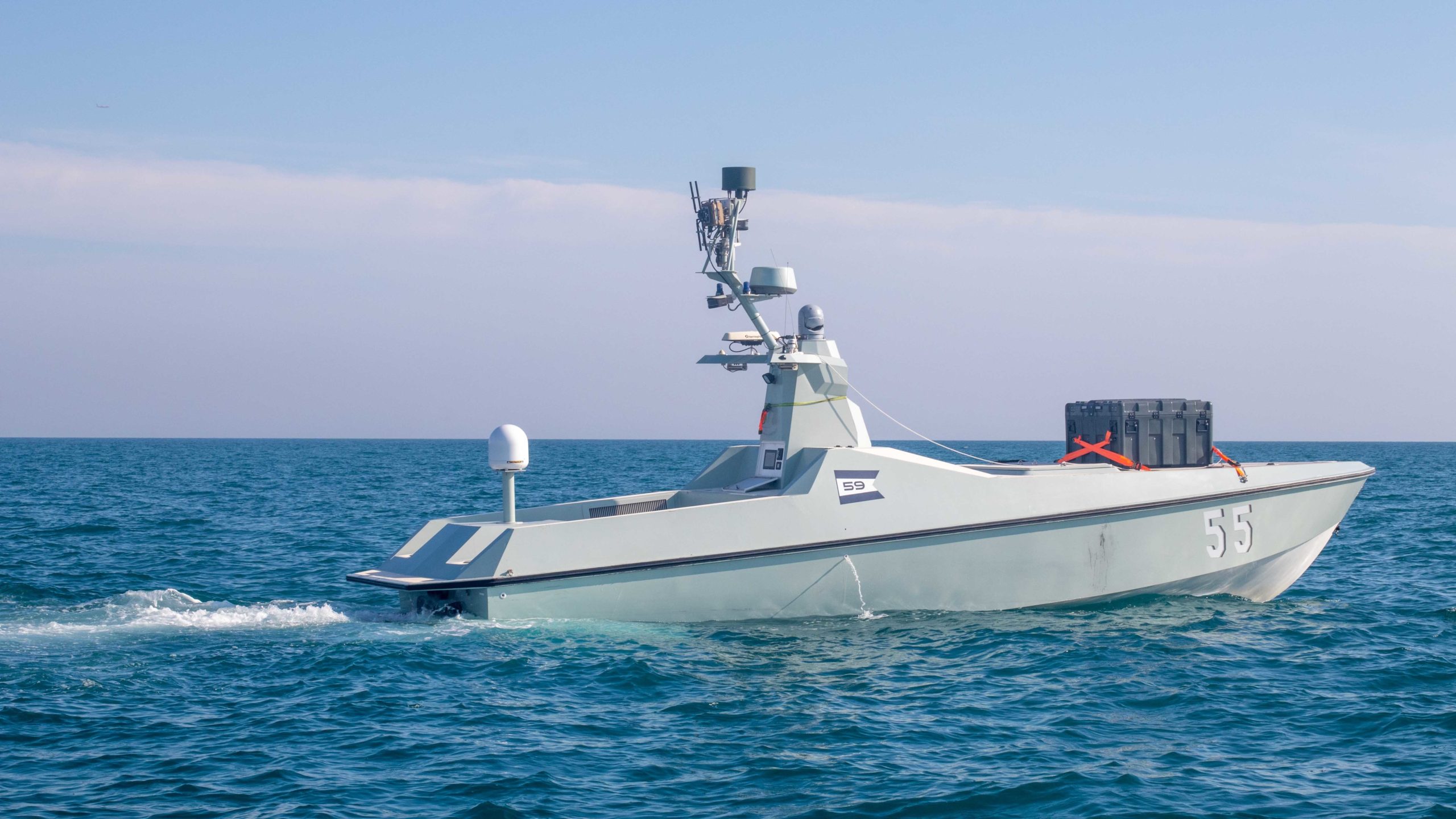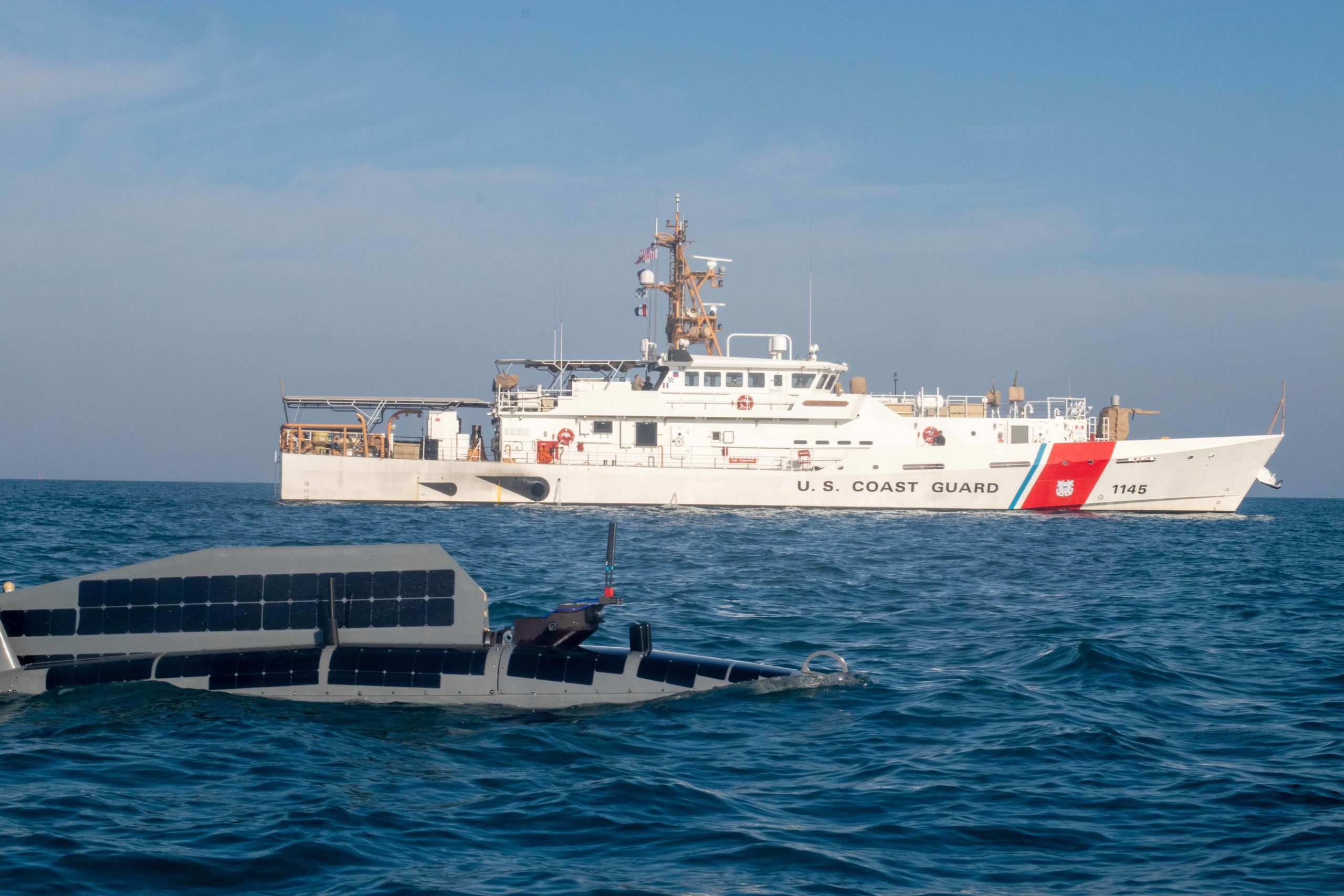By Robbin Laird
In my assessment of USMC transformation over the past twenty years, I highlighted the coming of the CH-53K as part of the next phase. “As the Marines work enhanced naval integration and expanded force mobility in dealing with the evolving strategic environment, the capabilities which the CH-53K brings to the force are not nice to have but a critical capability. And the new digital aircraft provides a solid foundation for evolution not only of the platform but for changes in concepts of operations as well.”[1]
Now the aircraft has entered its next phase, full rate production. This means that the CH-53K enterprise will be expanded to ramp up the supply chain and lead to production challenges by the prime contractor to meet the demands of full-rate production.
NAVAIR announced the new phase as follows in a press release dated December 23, 2022:
“The CH-53K King Stallion heavy lift helicopter has entered Full Rate Production (FRP) and its deployment phase, following a decision review by Frederick J. Stefany, Acting Assistant Secretary of the Navy for Research, Development and Acquisition.
“FRP occurs at the end of Low Rate Initial Production following a review assessing the results of Initial Operational Test and Evaluation (IOT&E), Live Fire Test and Evaluation, production readiness reviews, risk, and affordability analyses. On Dec. 21, the Acquisition Decision Memorandum was signed, authorizing entry of the CH-53K into FRP.
“FRP is an important milestone to the H-53 Heavy Lift Program Office (PMA-261), as it allows the program to proceed beyond LRIP and begin increasing procurement quantities, thereby gaining production efficiencies and reducing unit costs.
“We have successfully demonstrated the performance and reliability of this aircraft,” said Col. Kate Fleeger, PMA-261 program manager. “With FRP we will continue to build on the strong manufacturing, sustainment and support that has been established for the CH-53K.”
“The Marine Corps continues to execute its transition from the CH-53E to the CH-53K and is on schedule to declare Full Operational Capability in FY2029. PMA-261 manages the cradle to grave procurement, development, support, fielding and disposal of the entire family of H-53 heavy lift helicopters.”
As an article published by the New Haven Register on December 27, 2022 noted:
“Sikorsky is currently producing the helicopters at a rate of four per year and has delivered two within the past month alone, according to a company spokeswoman. But with the Navy’s full rate production approval, the volume of helicopters produced will build over time to eventually reach 20 per year.
“The contract with the Navy calls for Sikorsky to build a total of 200 helicopters. Bill Falk, director of the Sikorsky’s CH-53K program said the Navy’s production authorization “stabilizes Sikorsky’s domestic supply chain and is a testament to our enduring partnership with the Marine Corps.”
“Sikorsky has more than 200 CH-53K suppliers across 35 states, including 44 in Connecticut. With the Navy’s approval of ramped up production, suppliers will be able to make purchases in bulk, which will create efficiencies that will drive down the overall cost of the aircraft for the U.S. military and international allies, according to company officials.”
Featured Photo: U.S. Marines with Marine Heavy Helicopter Squadron (HMH) 461 prepare for takeoff in CH-53K King Stallions at Mountain Home Air Force Base, Idaho, Aug. 16, 2022. (U.S. Marine Corps photo by Cpl. Adam Henke
[1] Robbin Laird, The U.S. Marine Corps Transformation Path: Preparing for the High-End Fight (p. 237), Kindle Edition.
